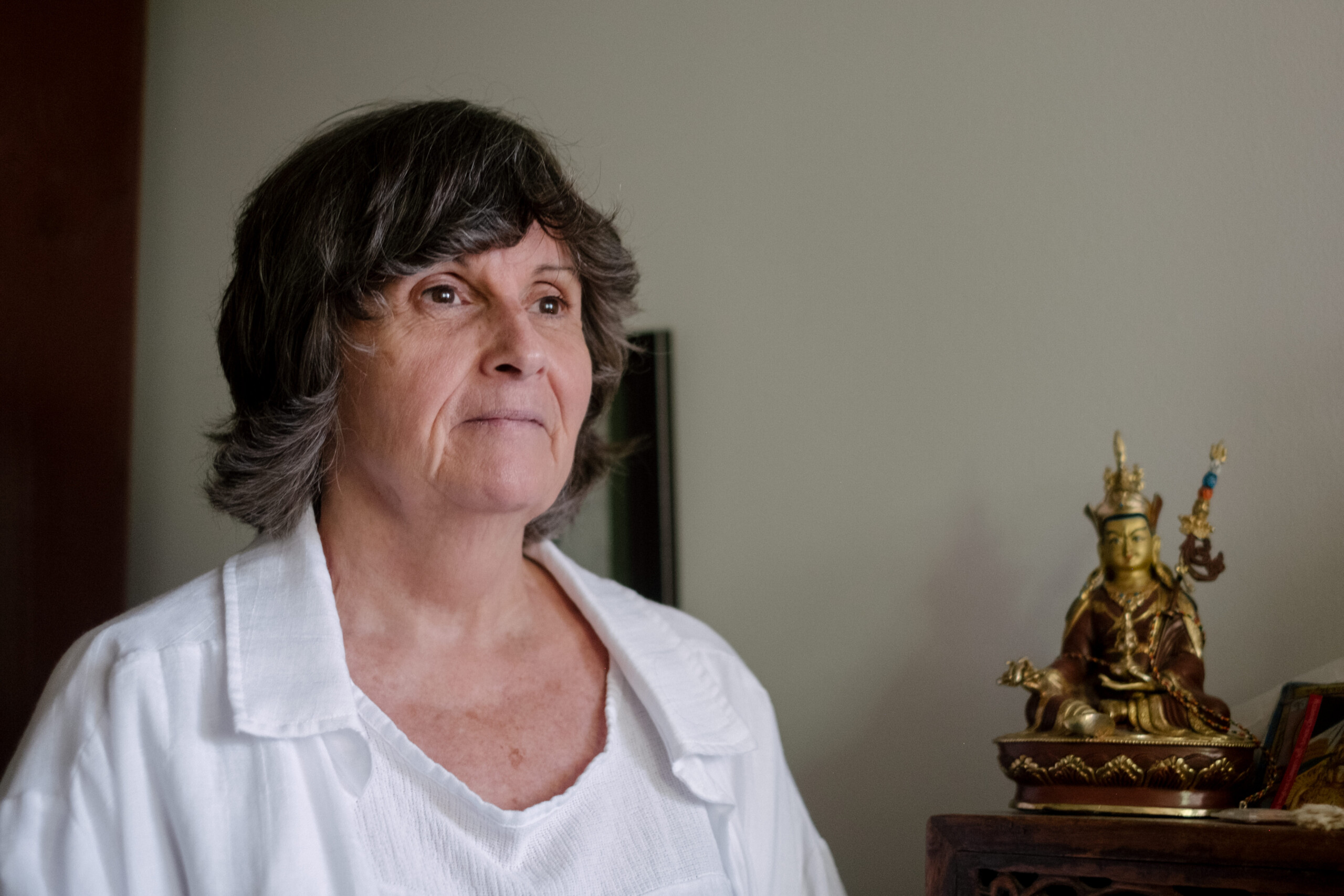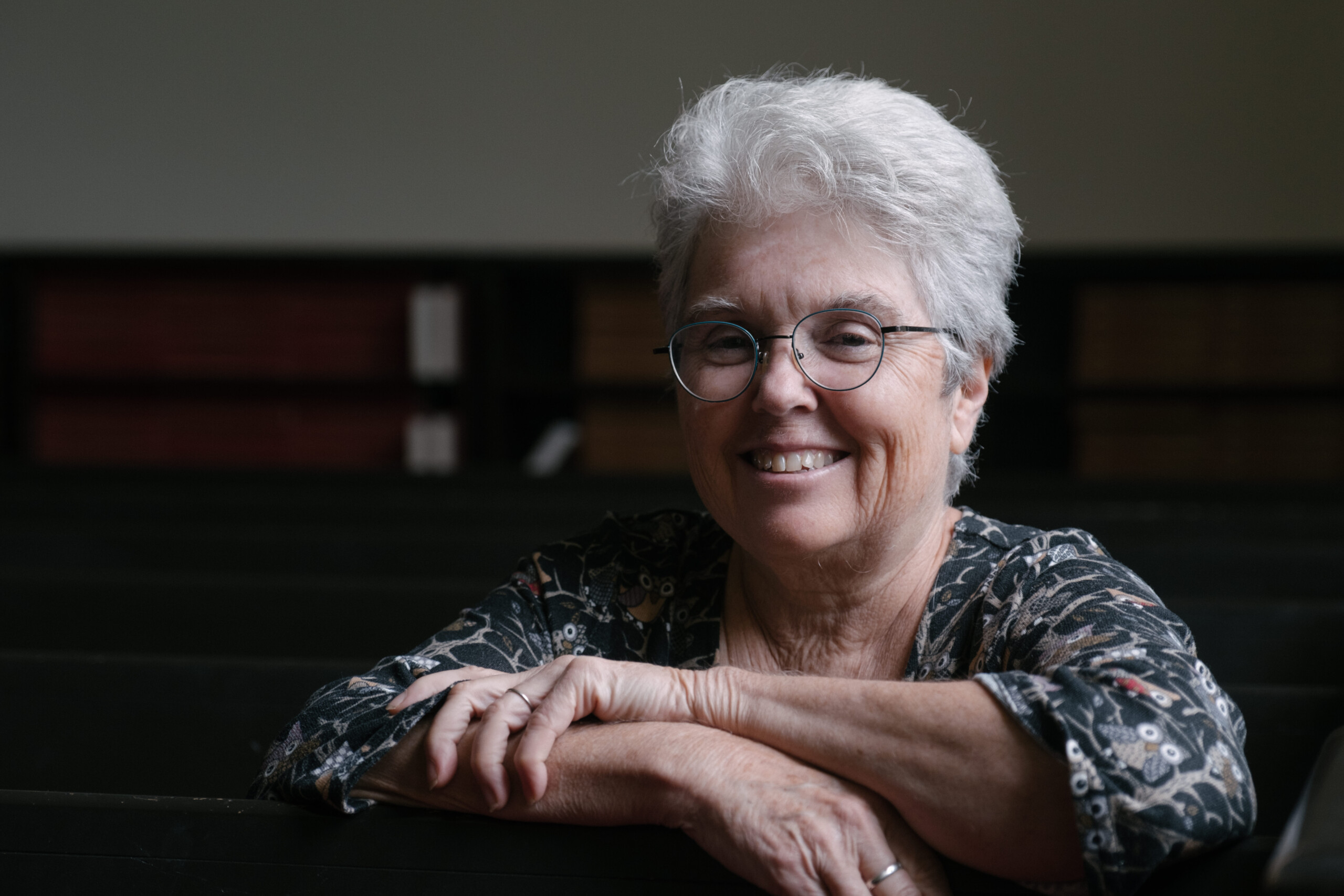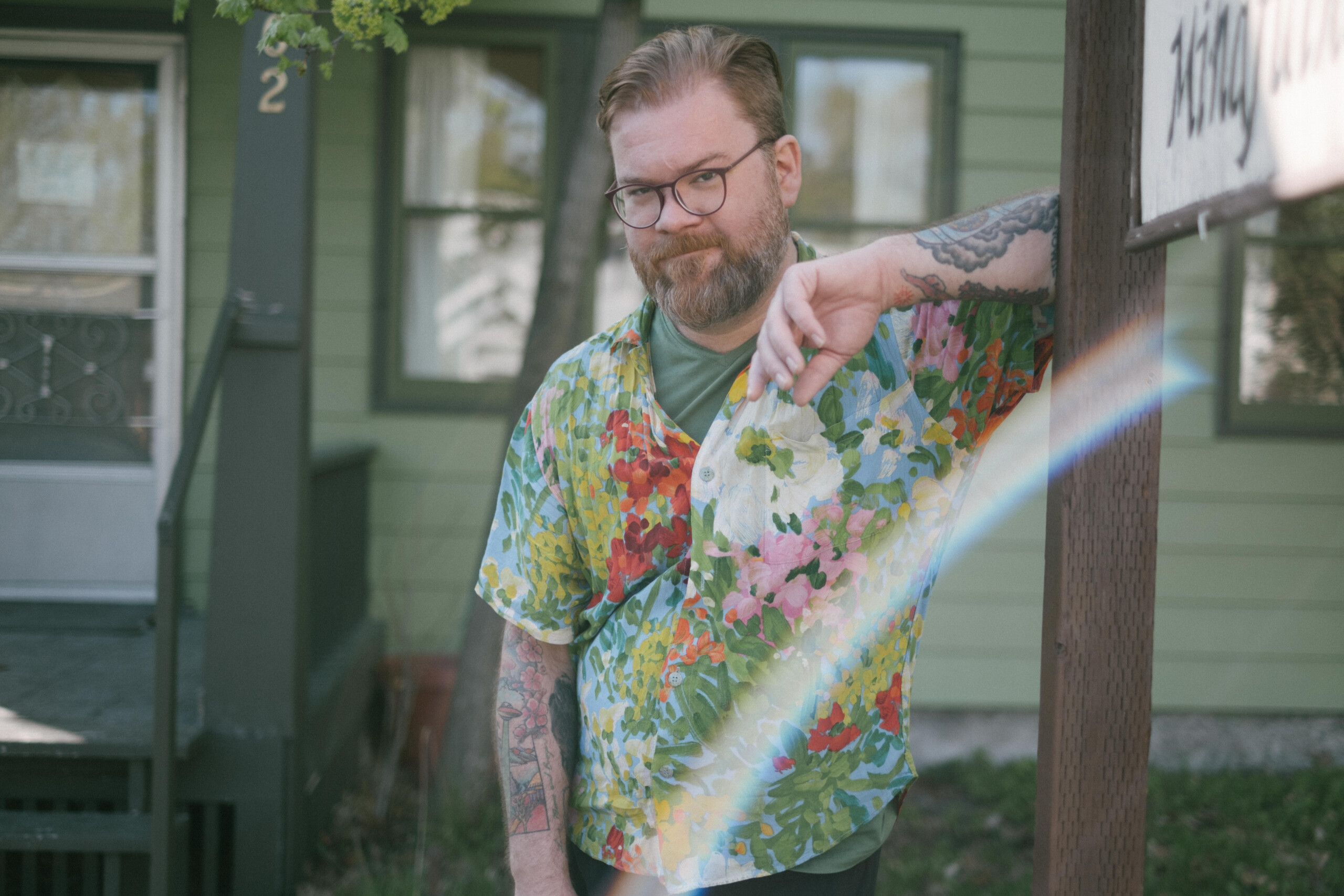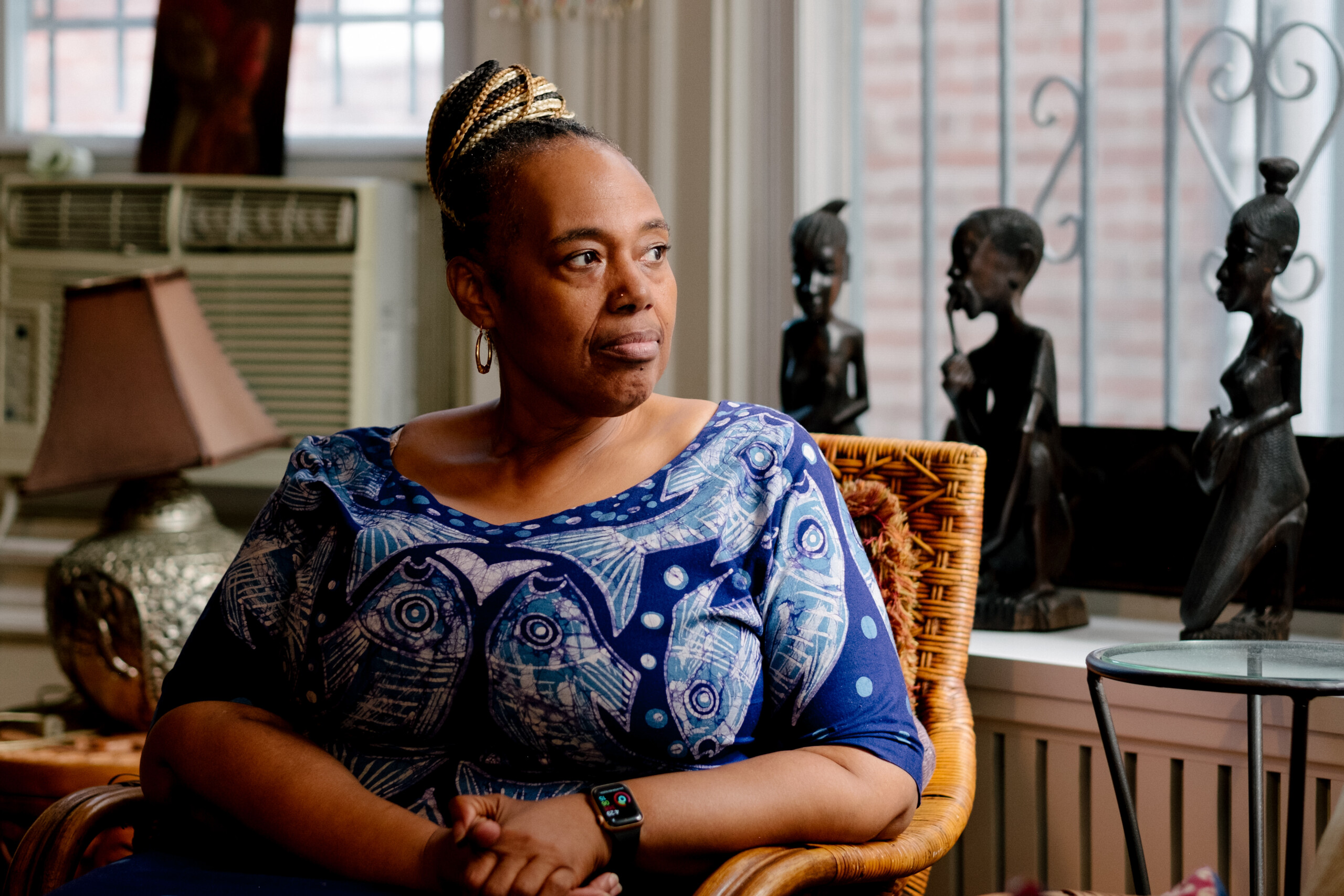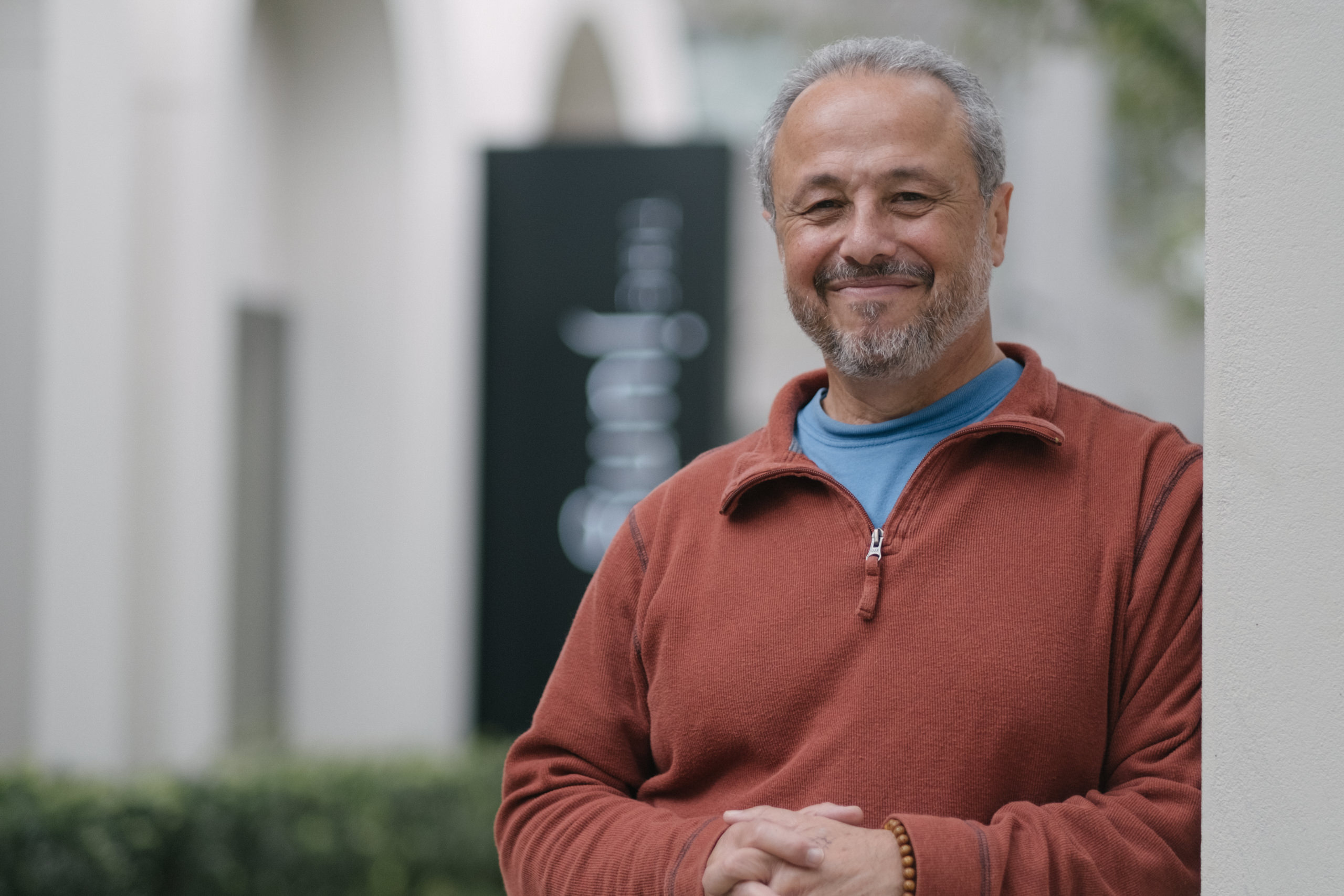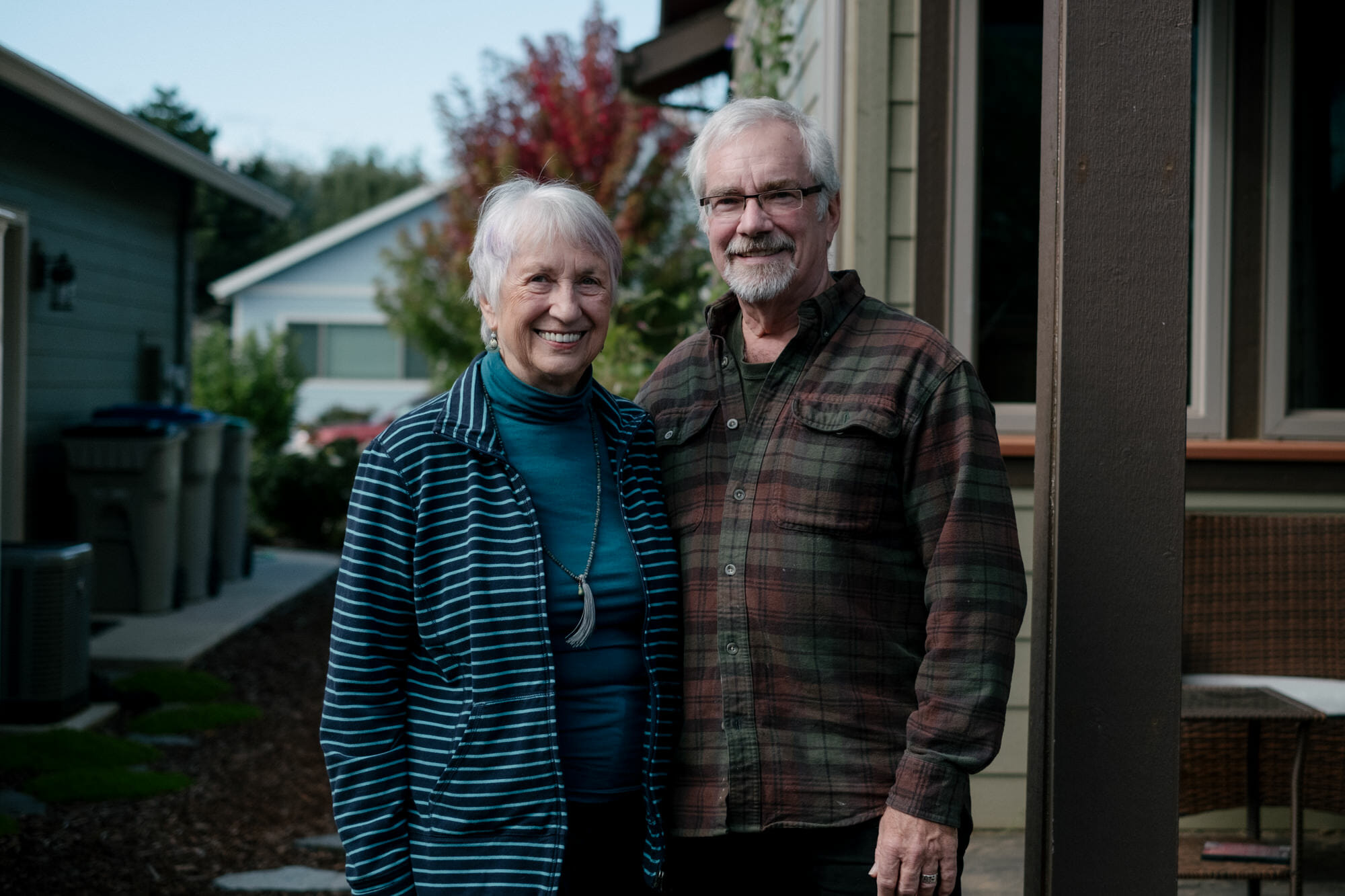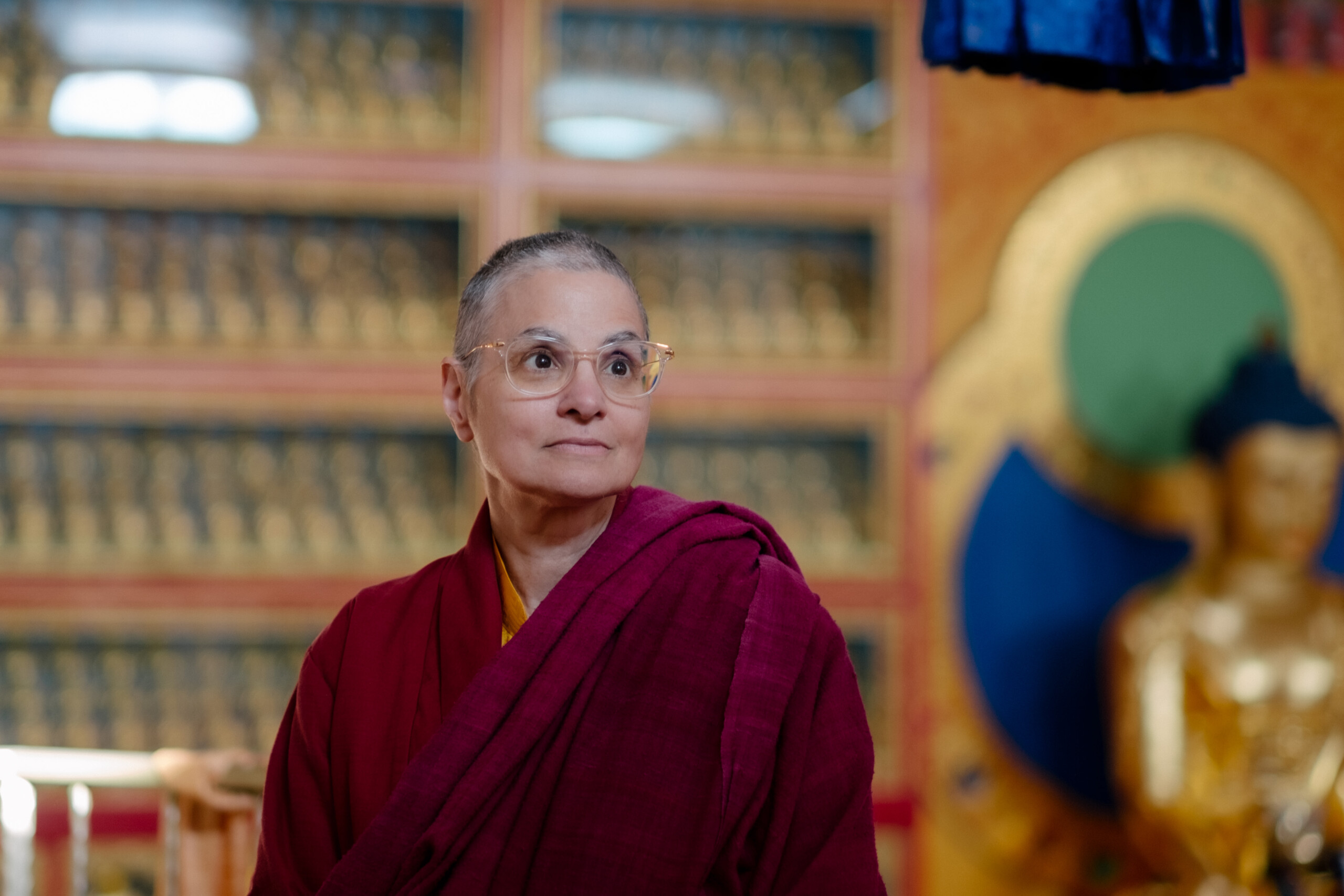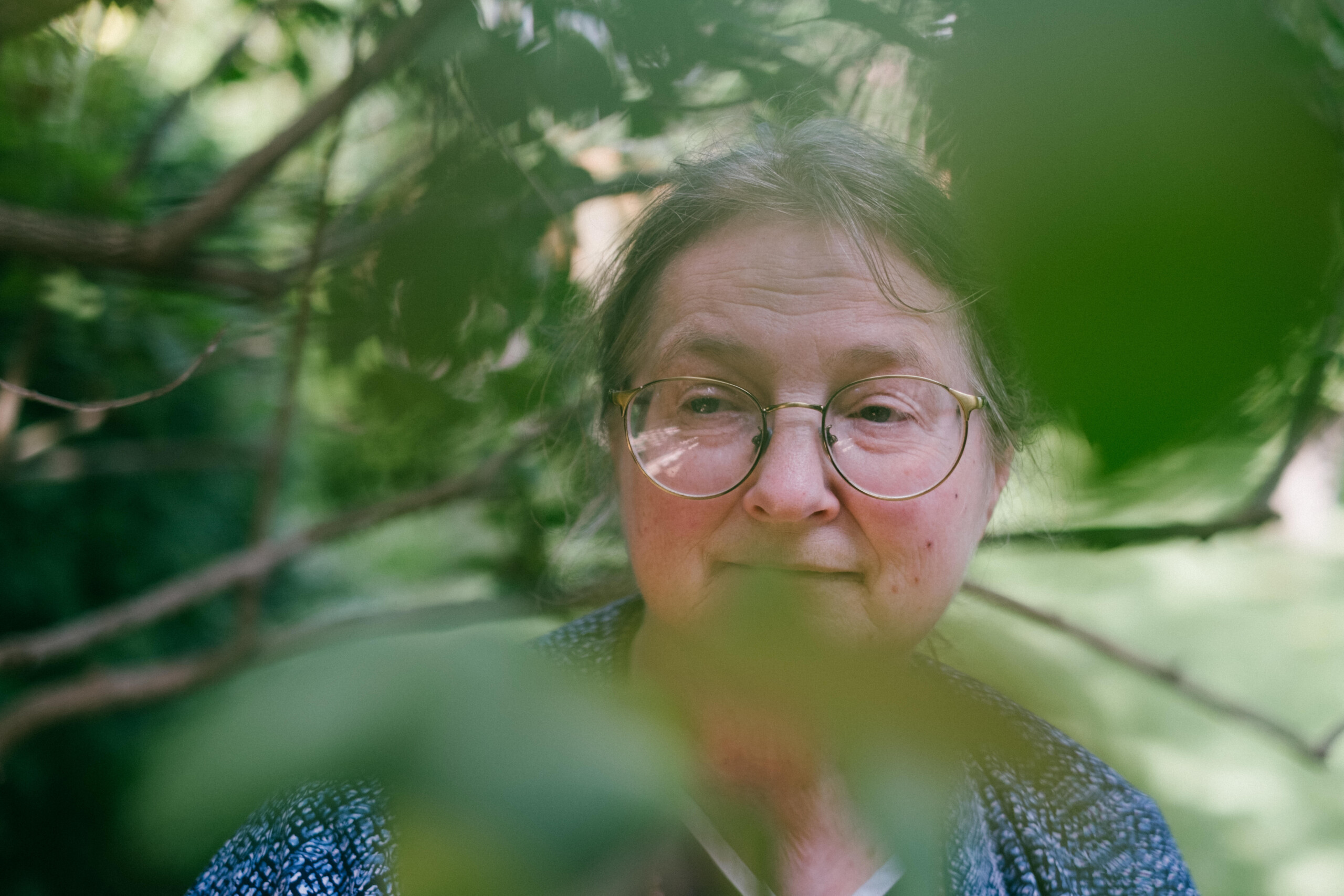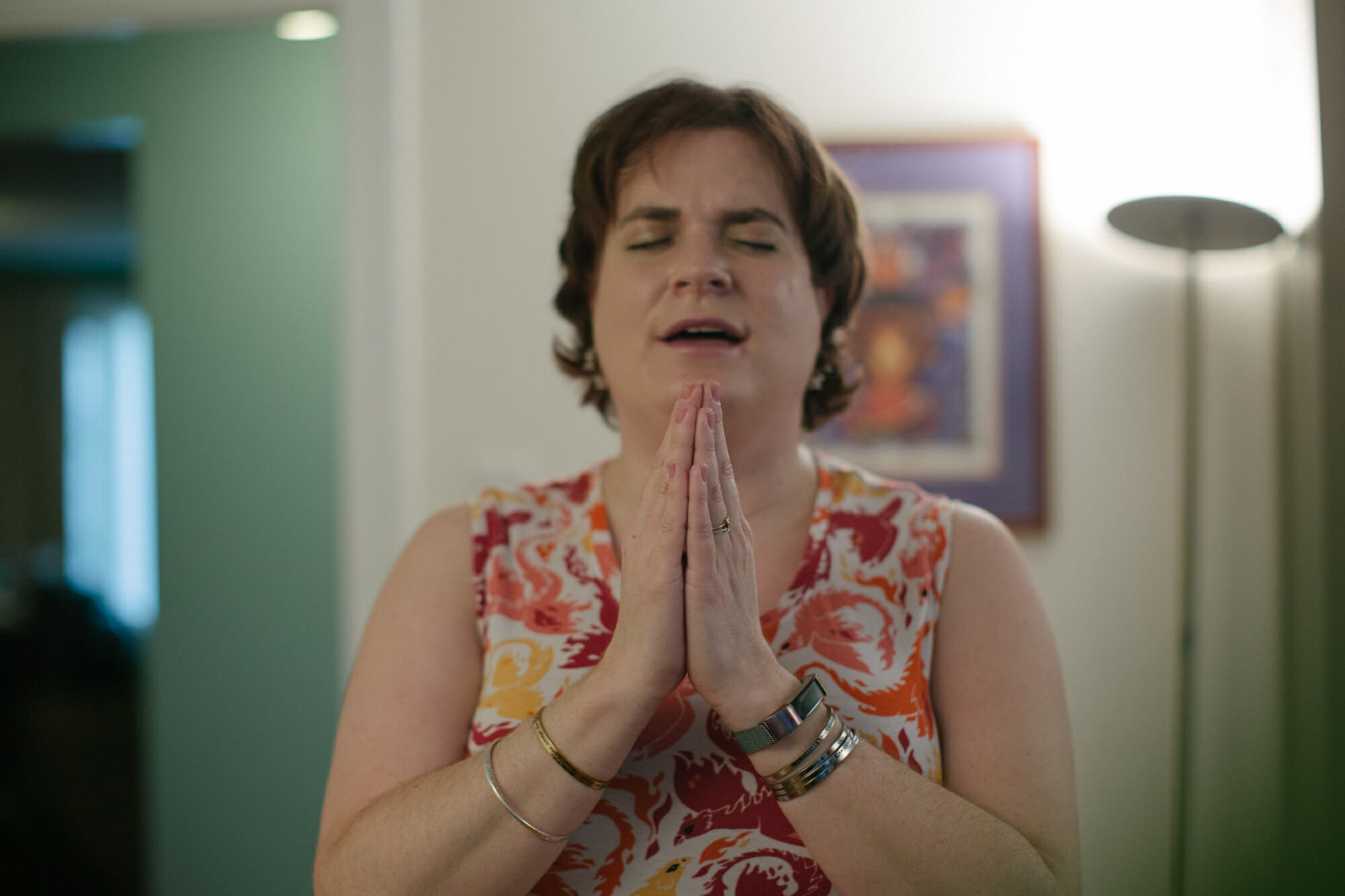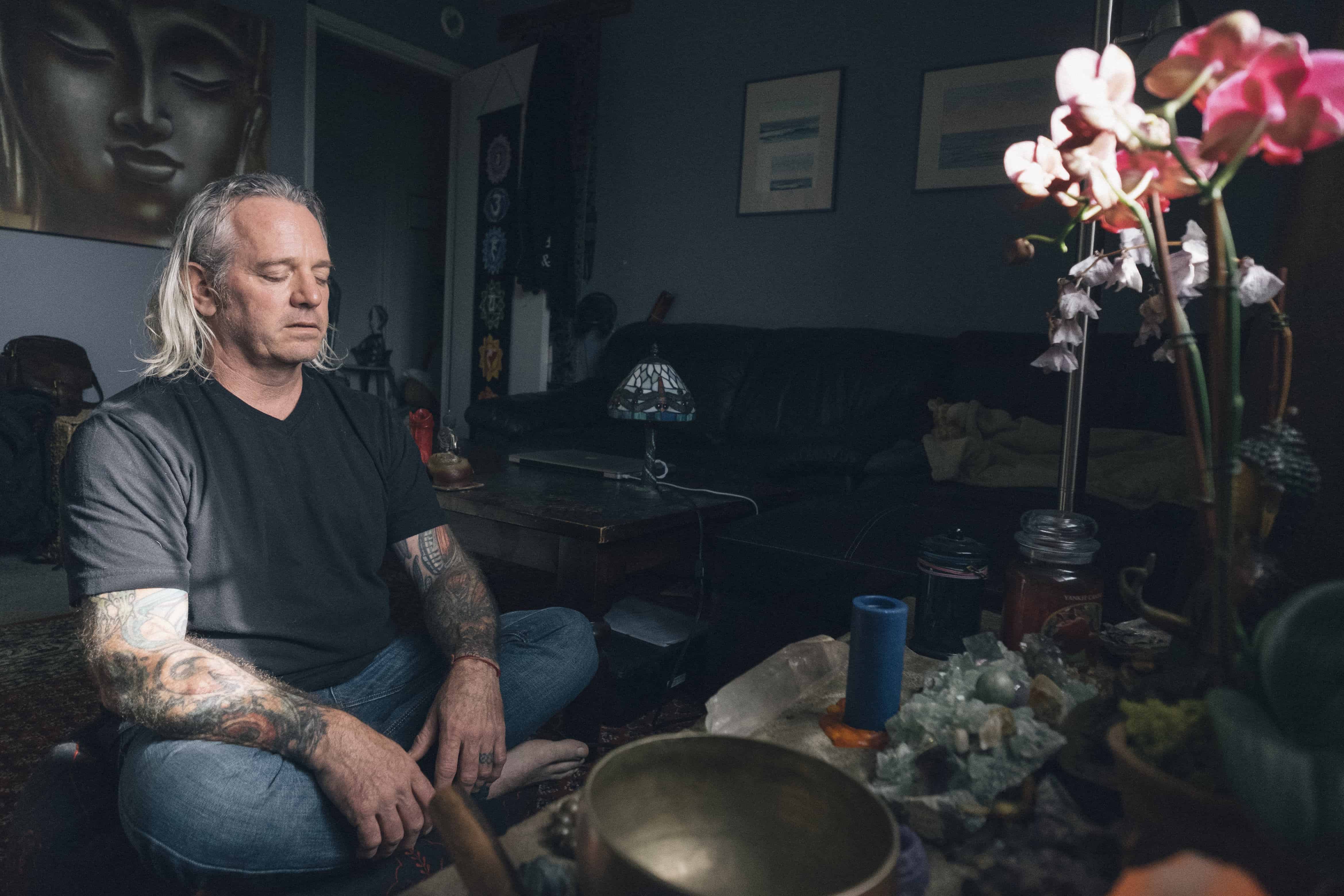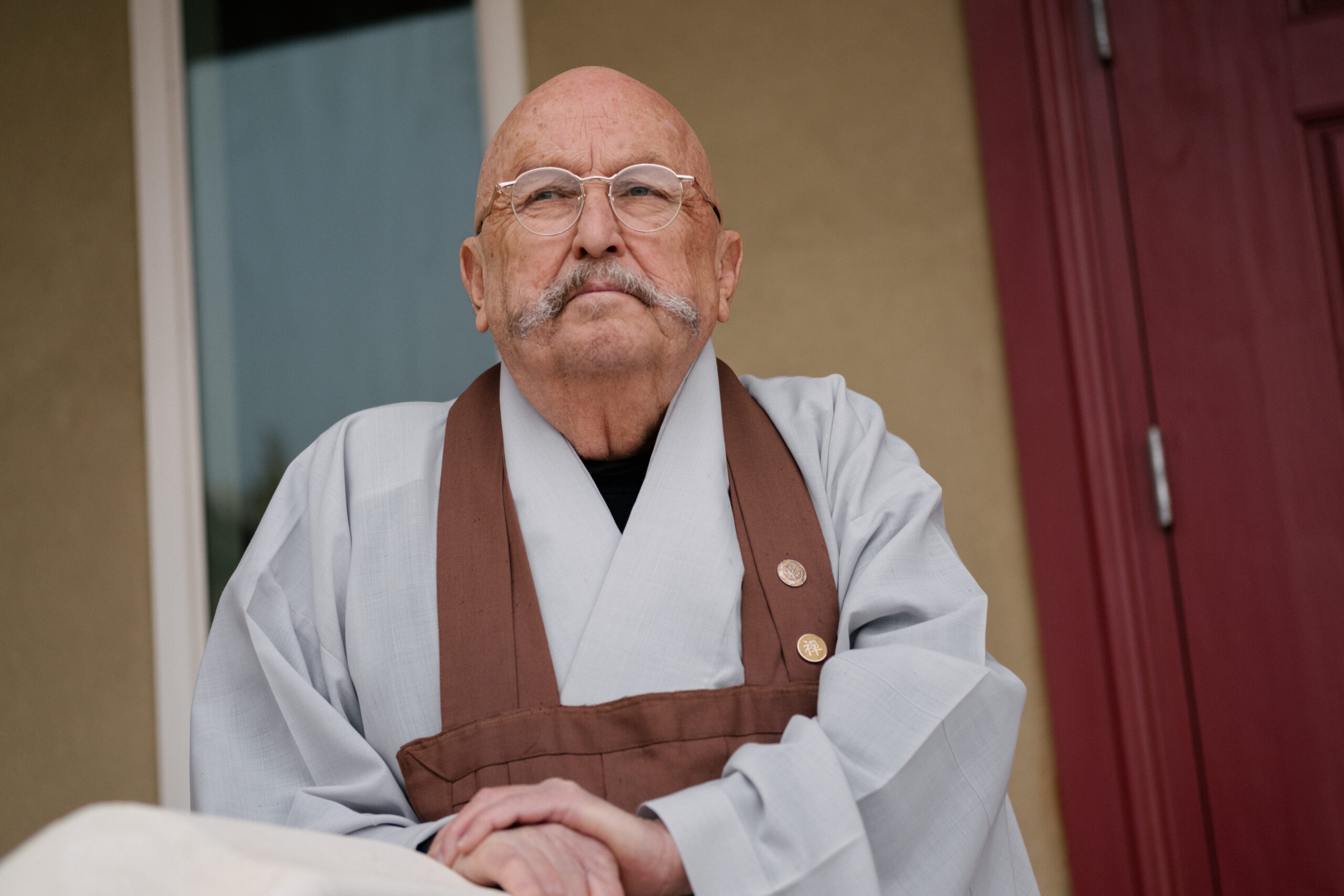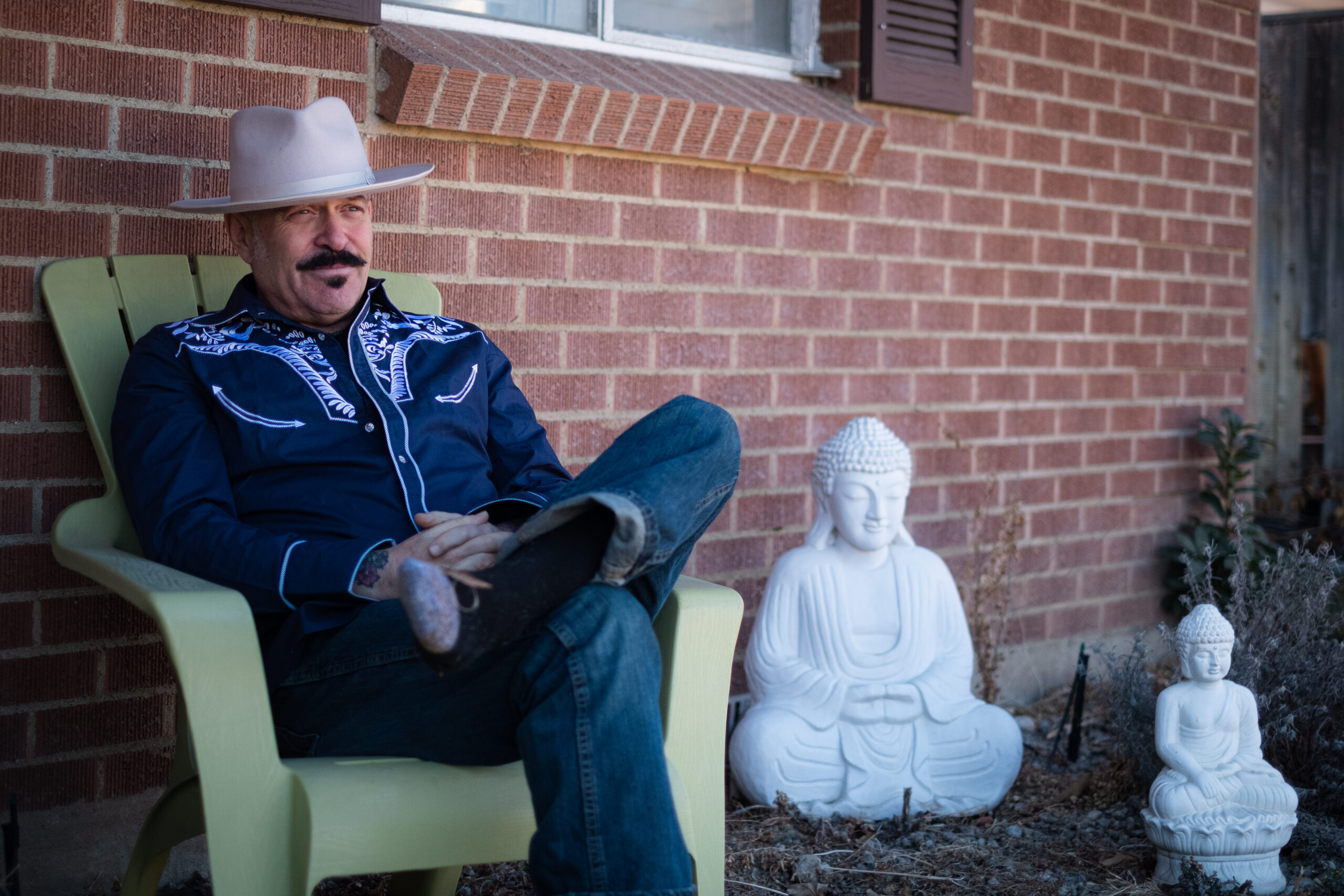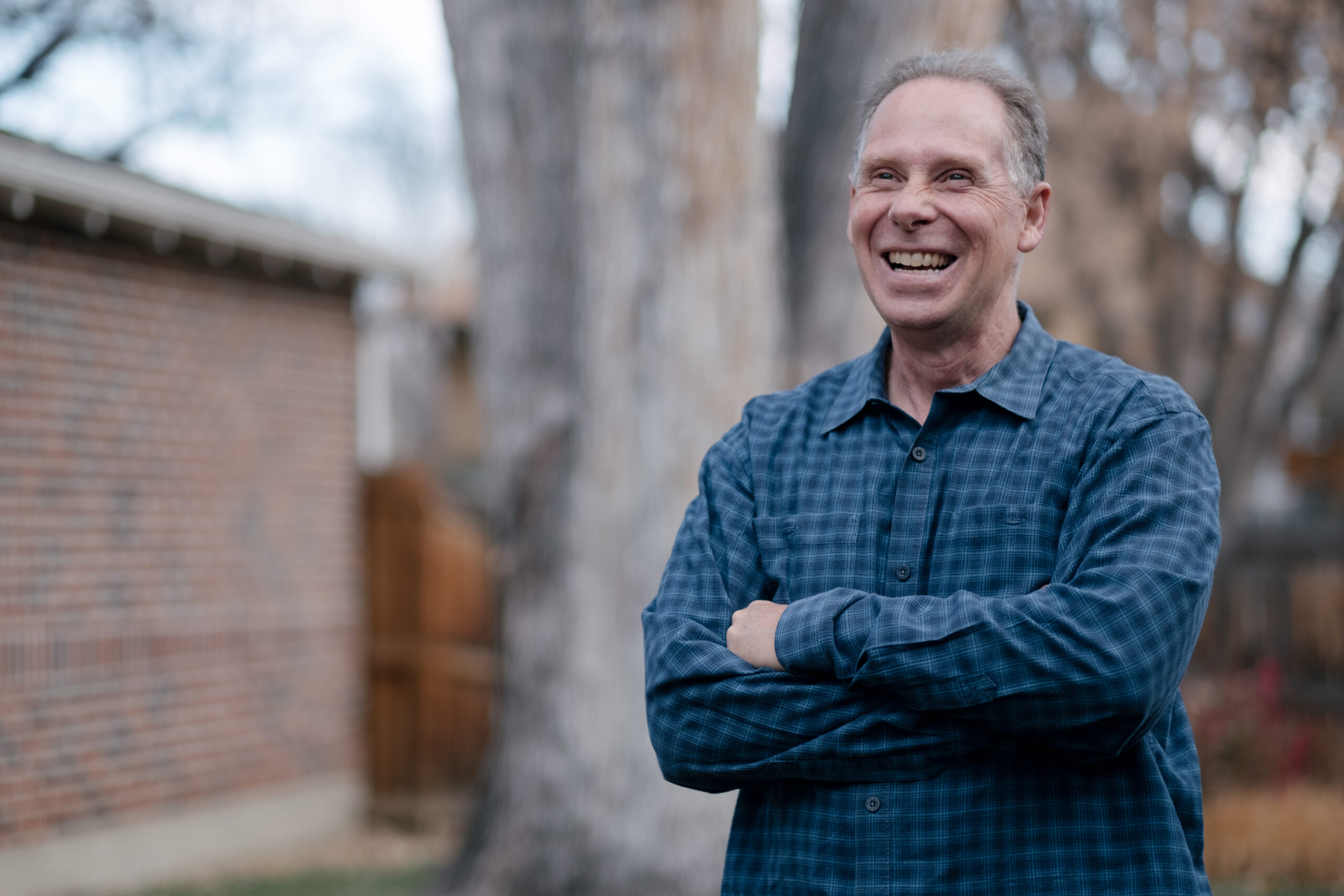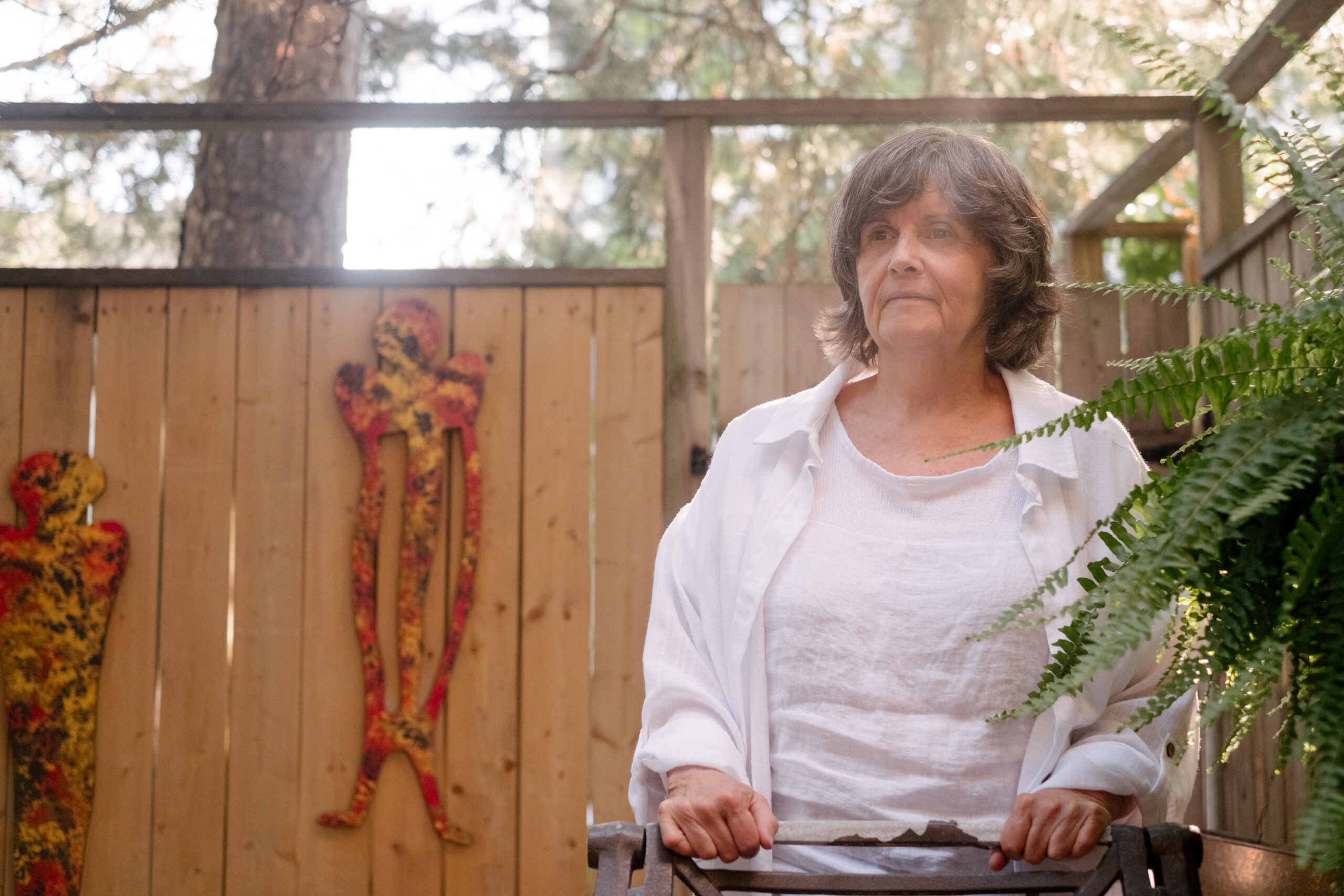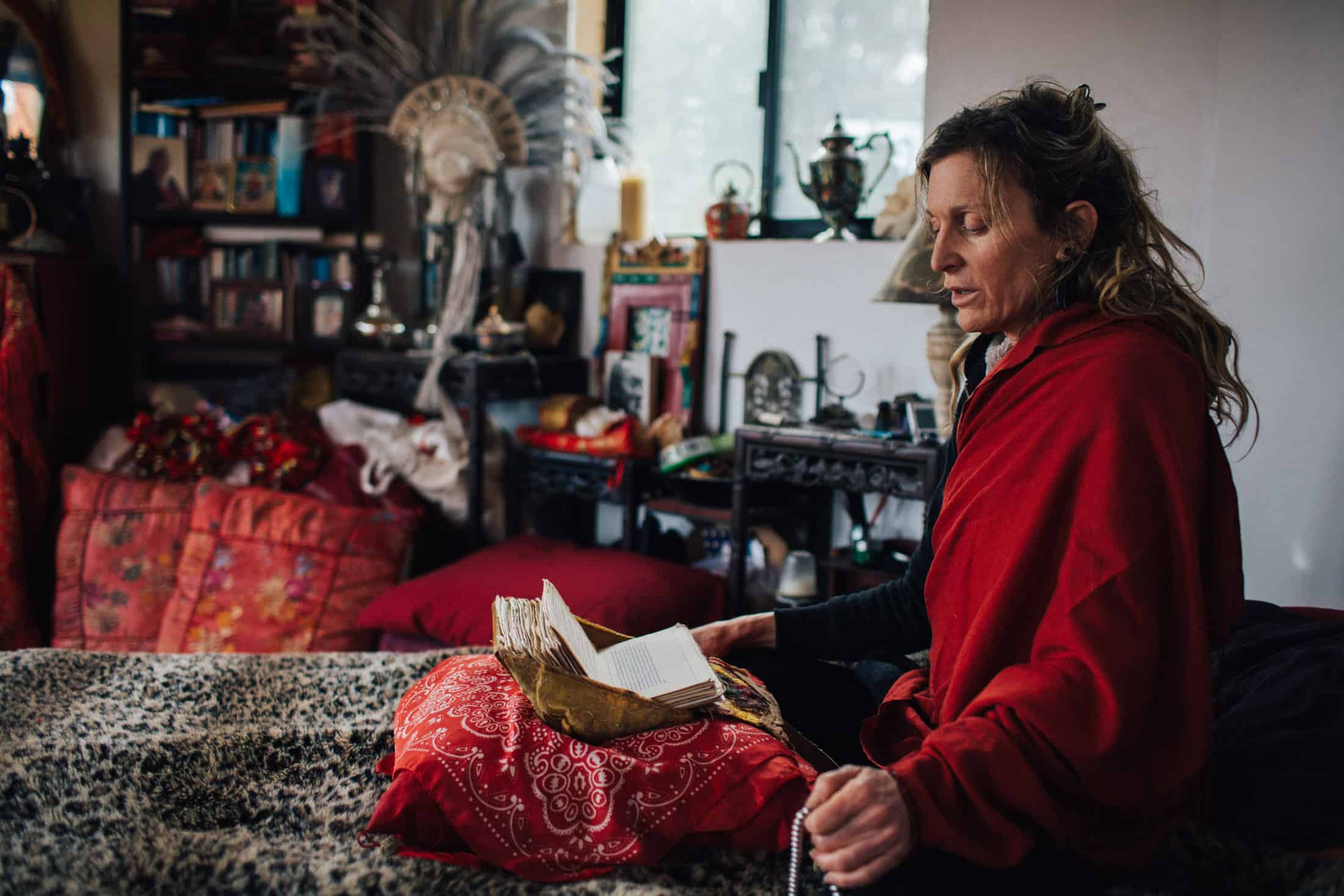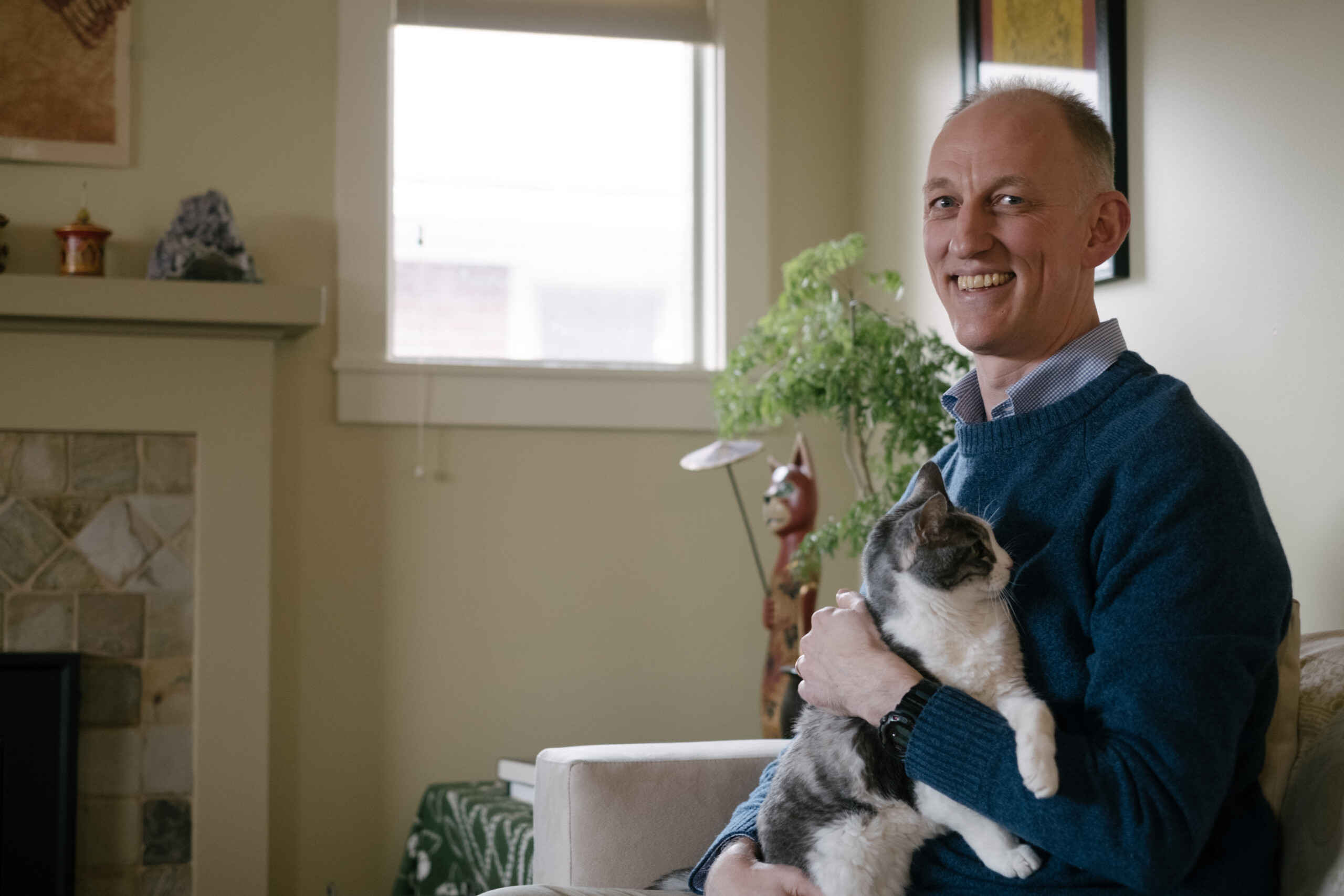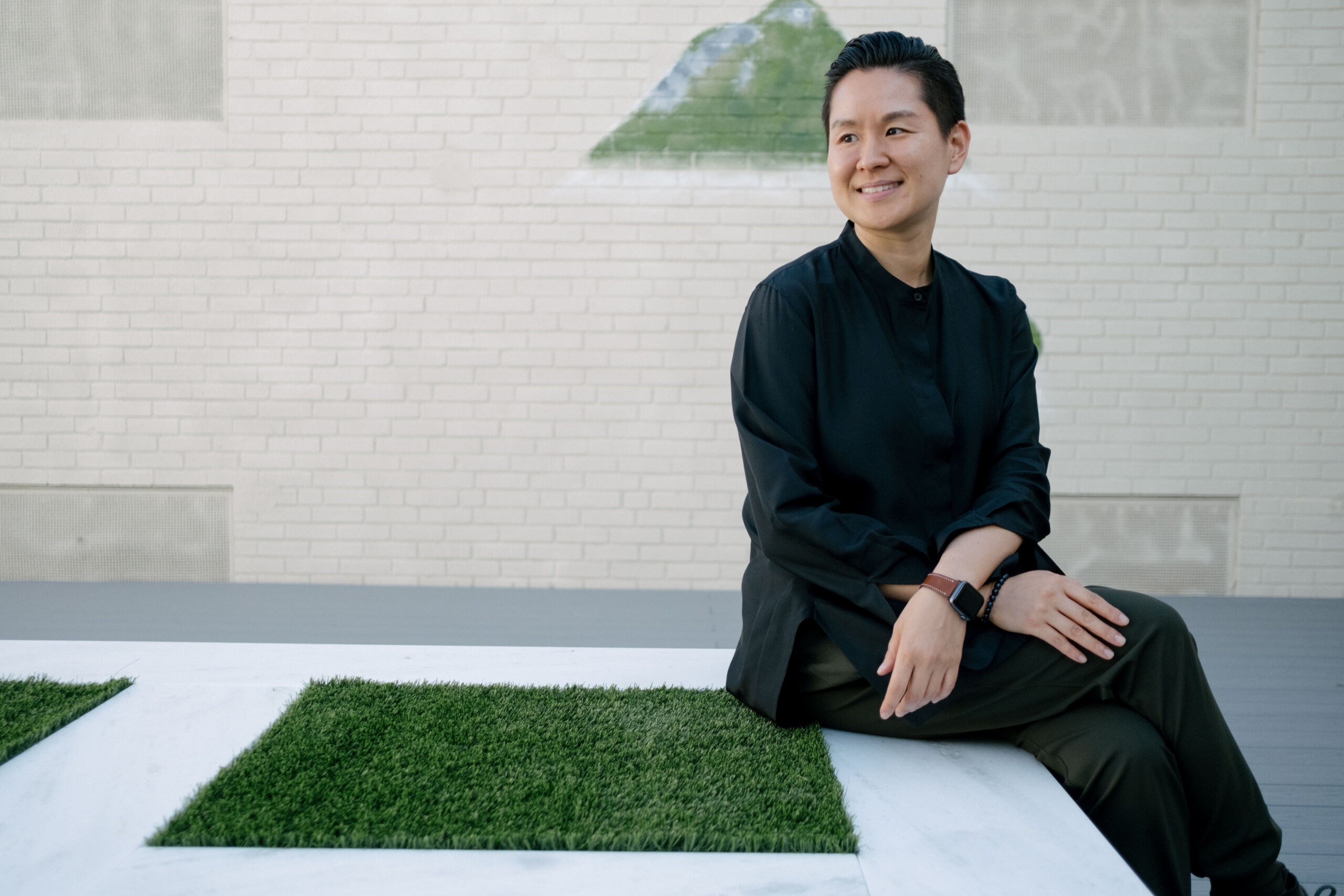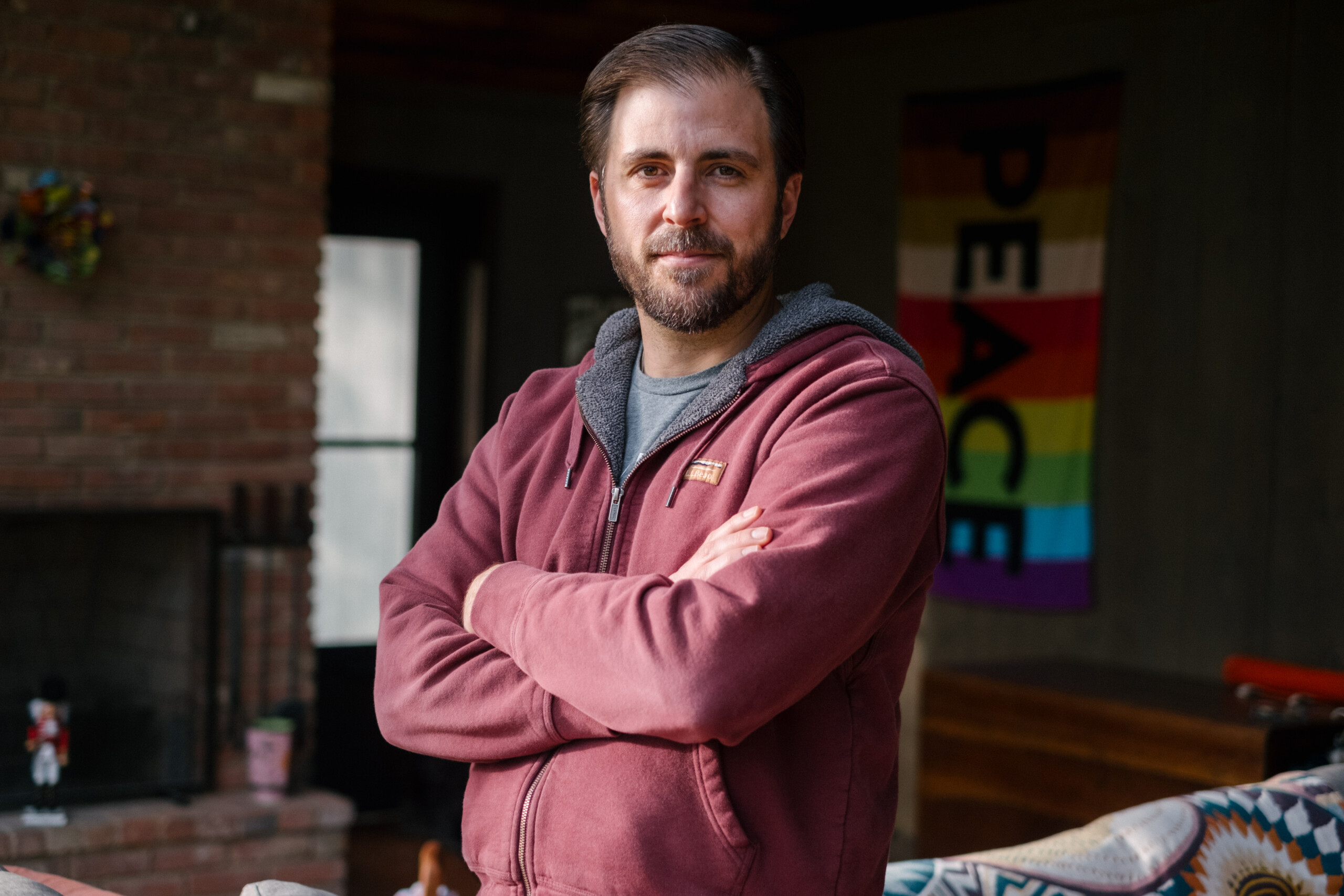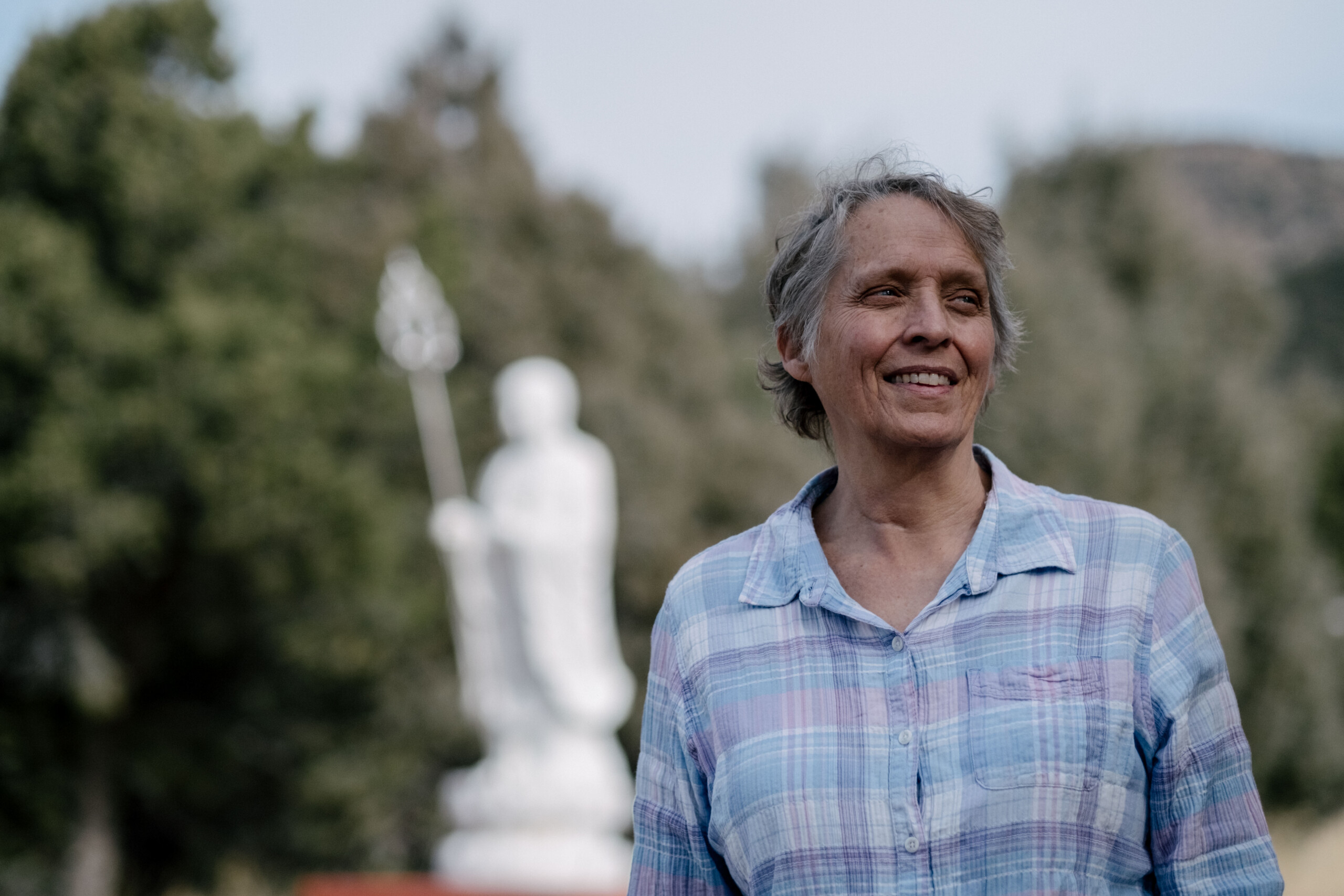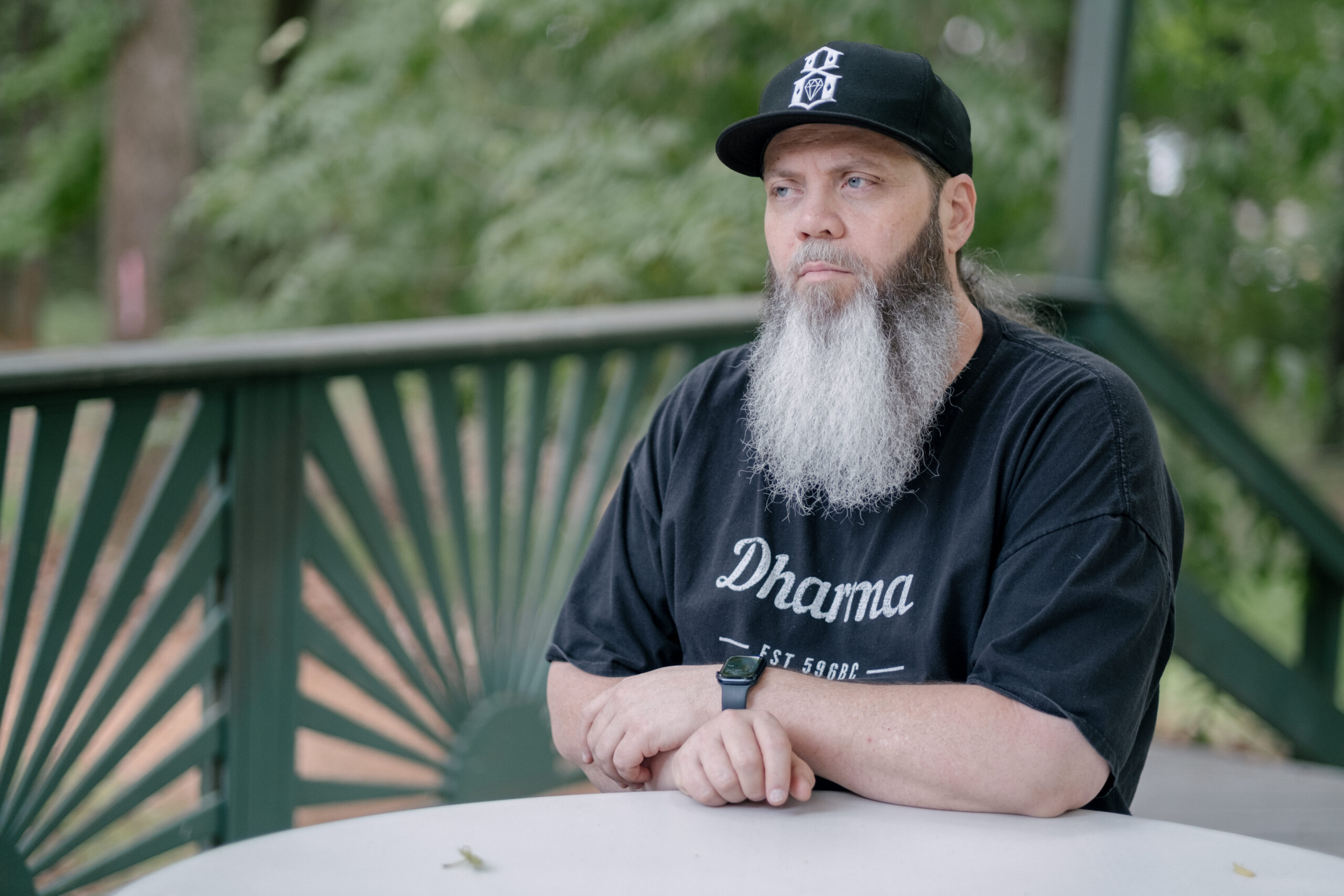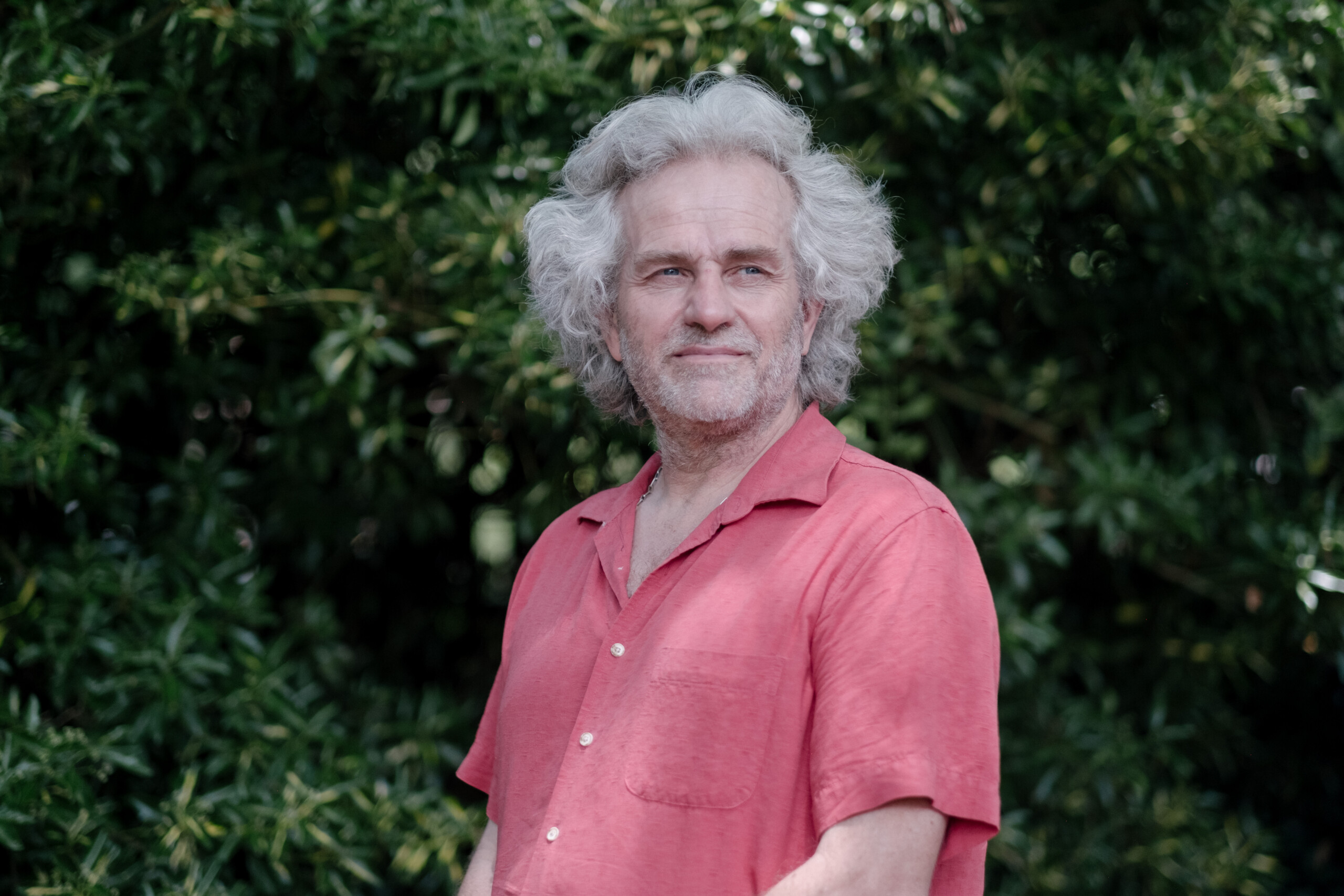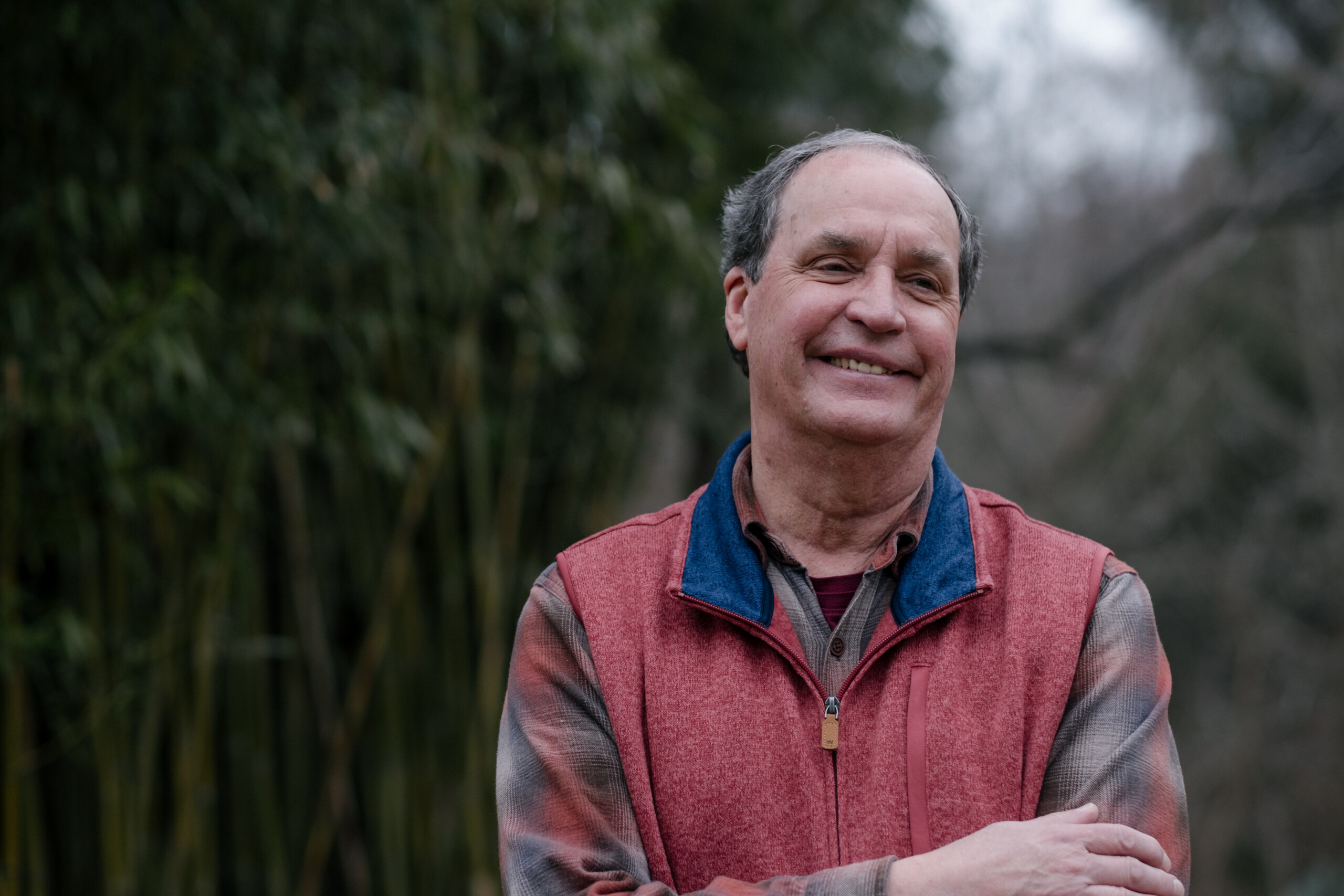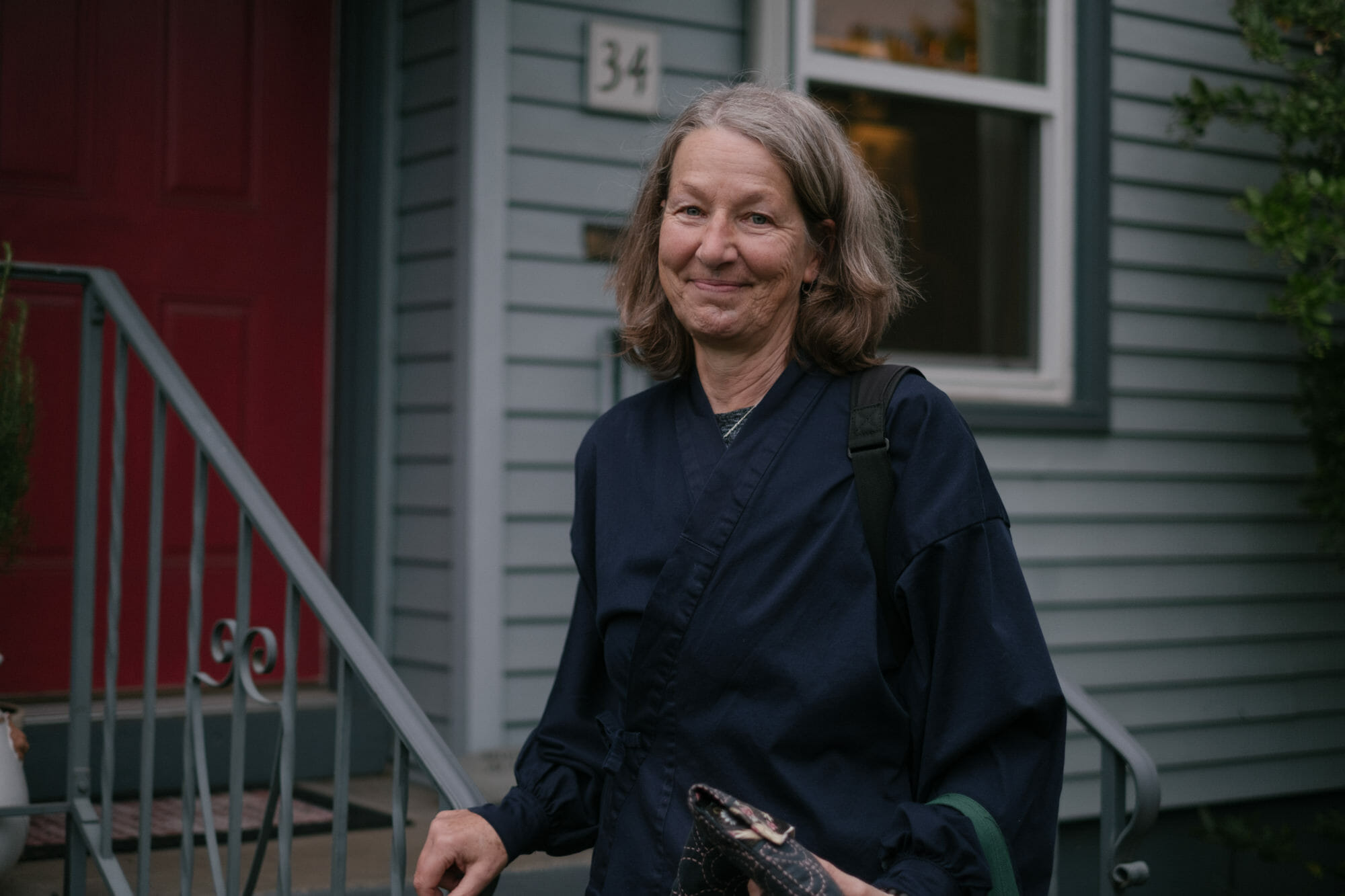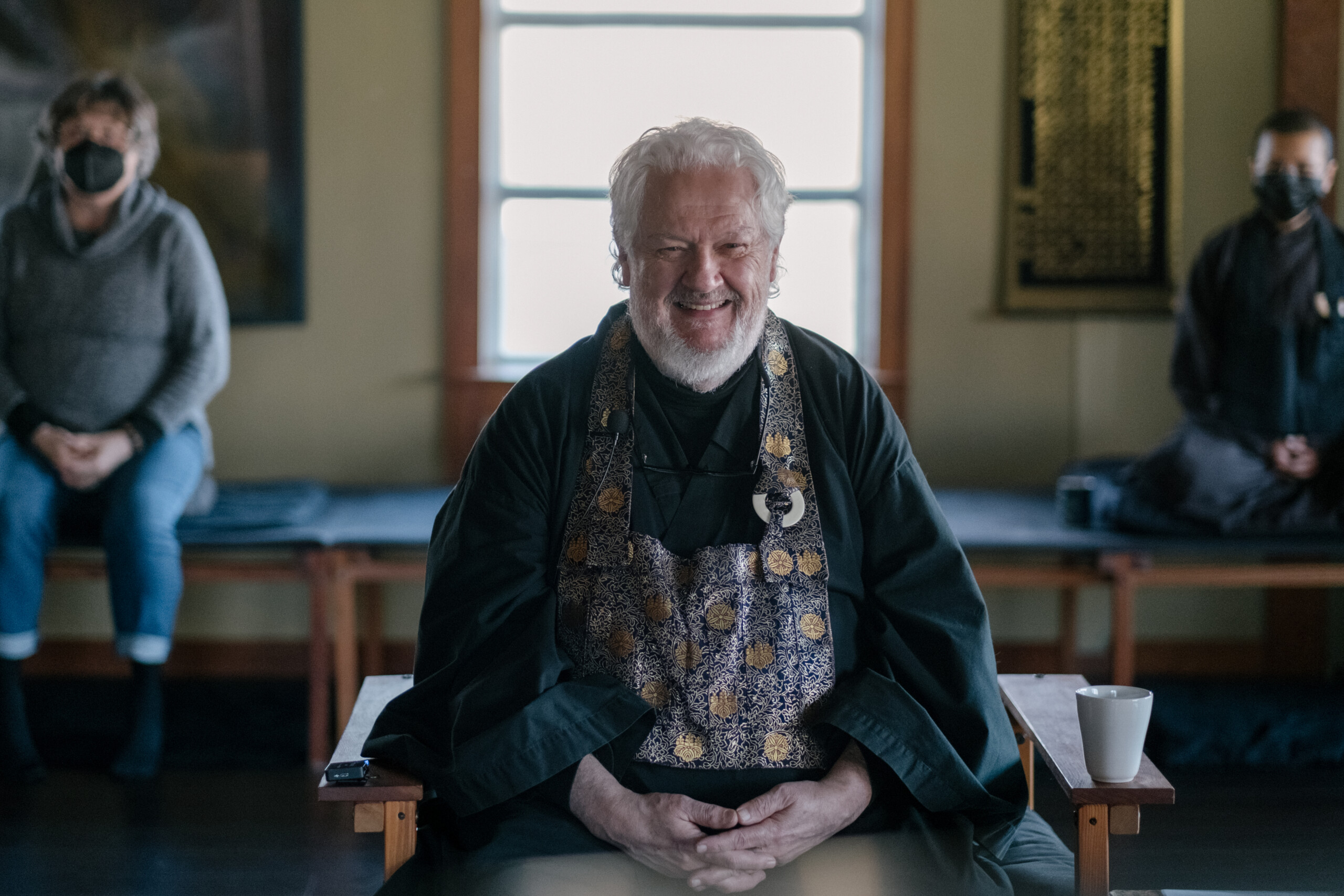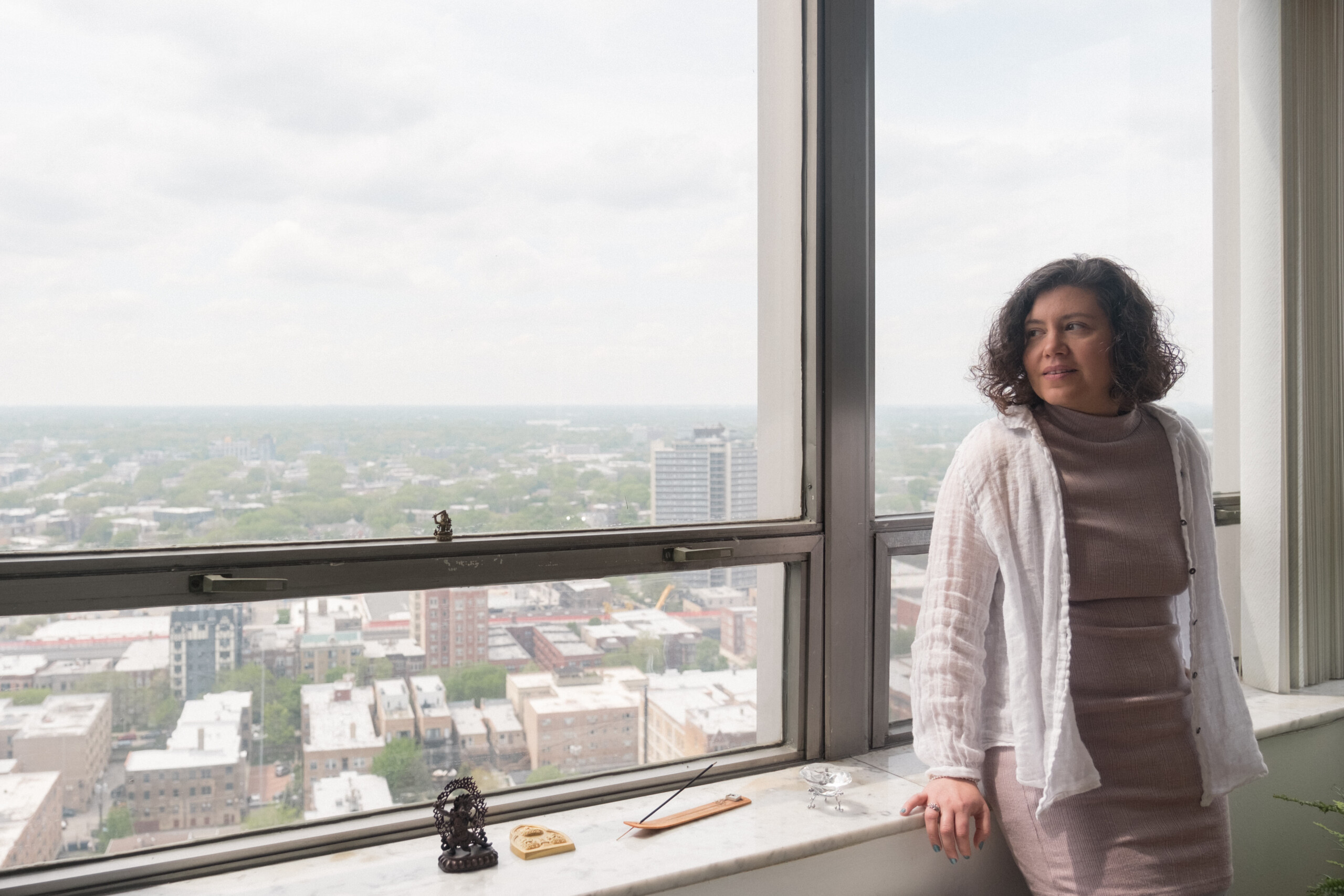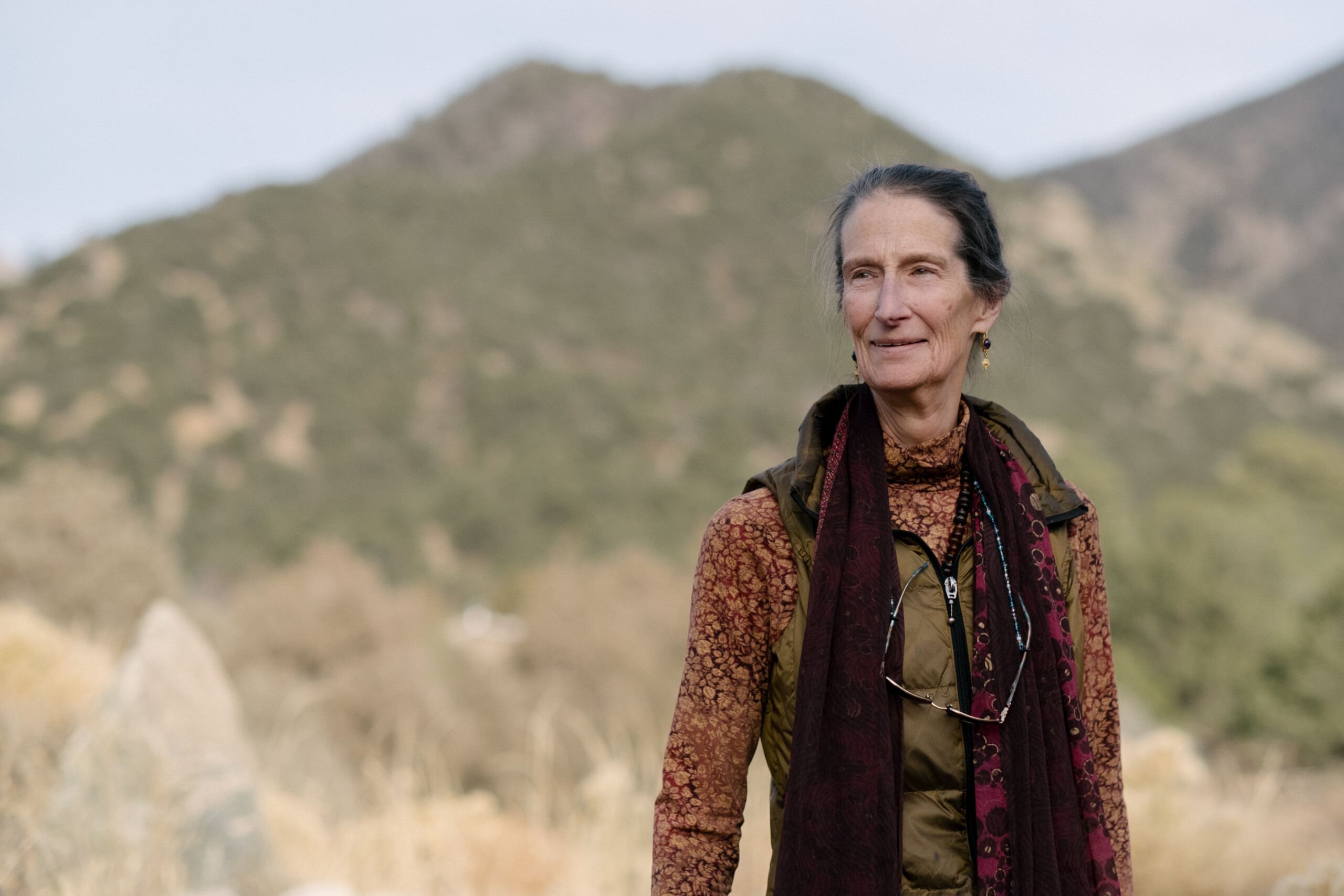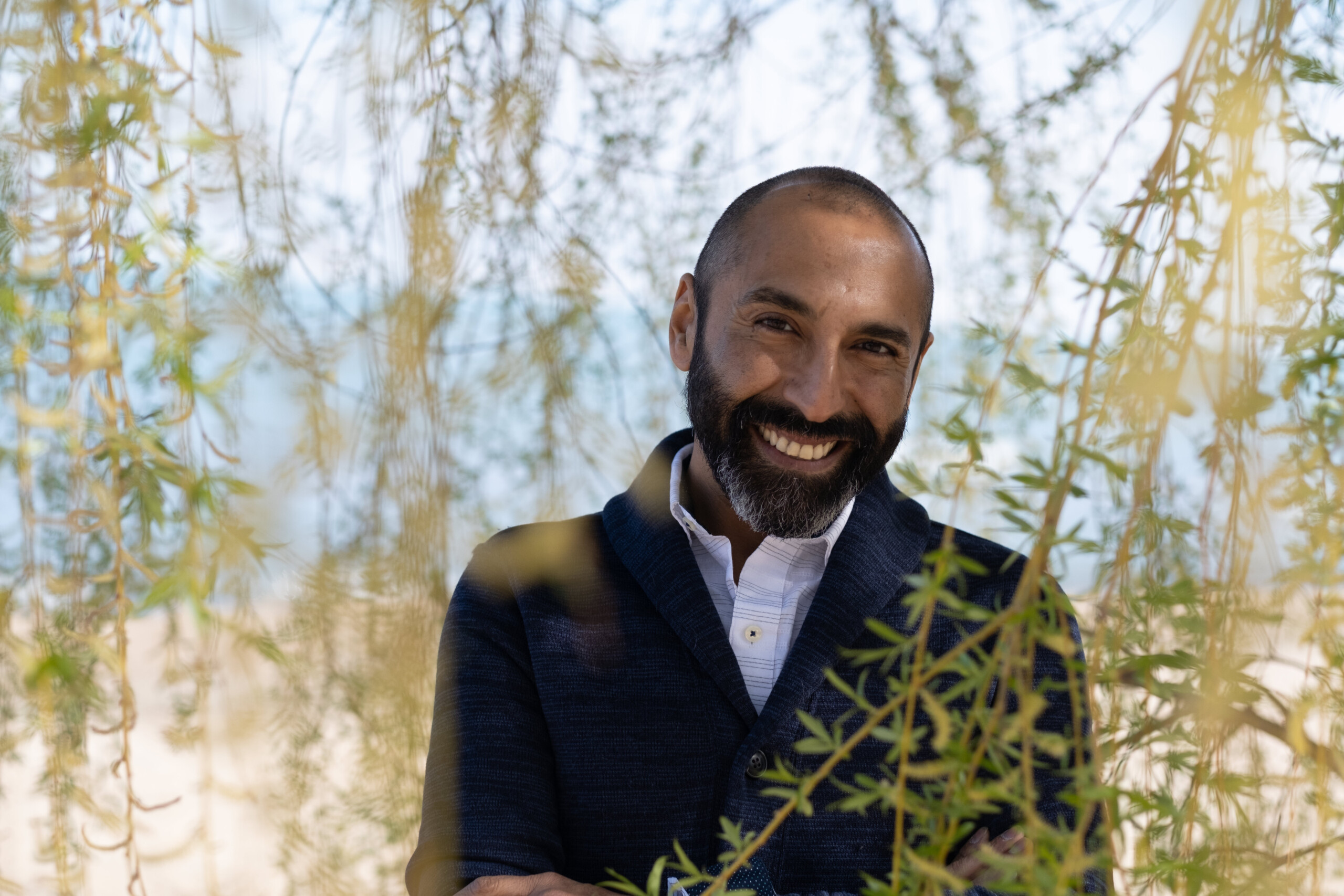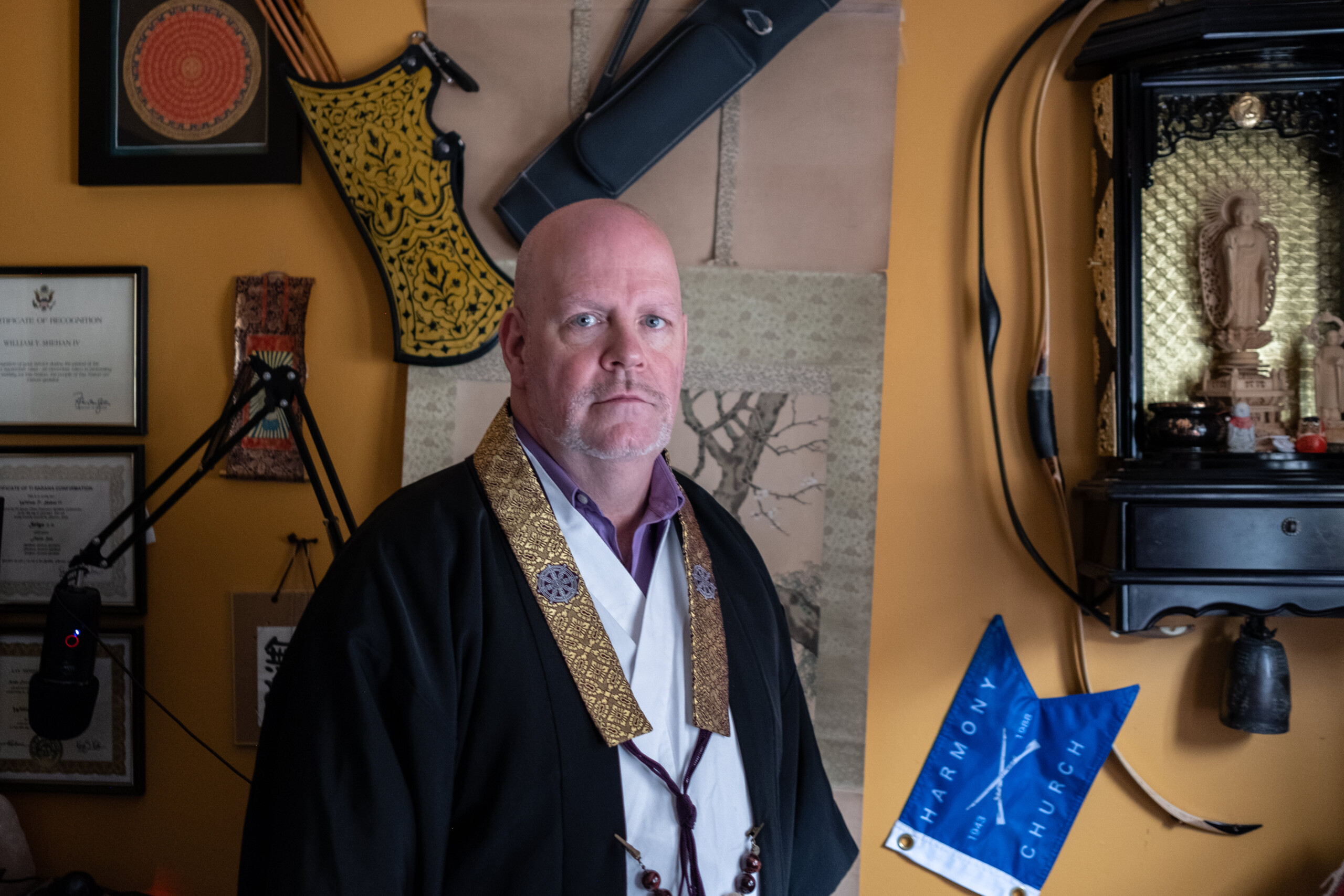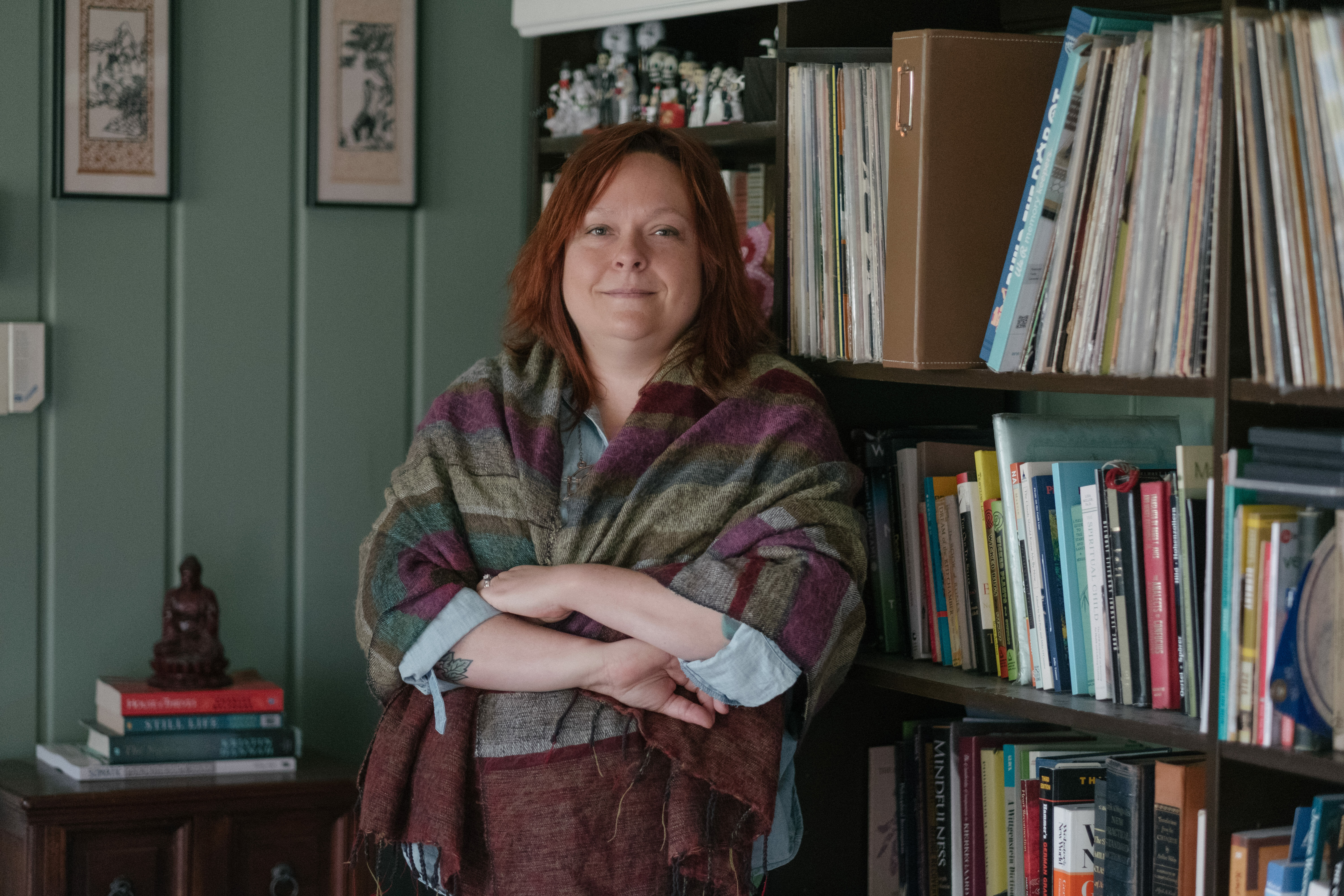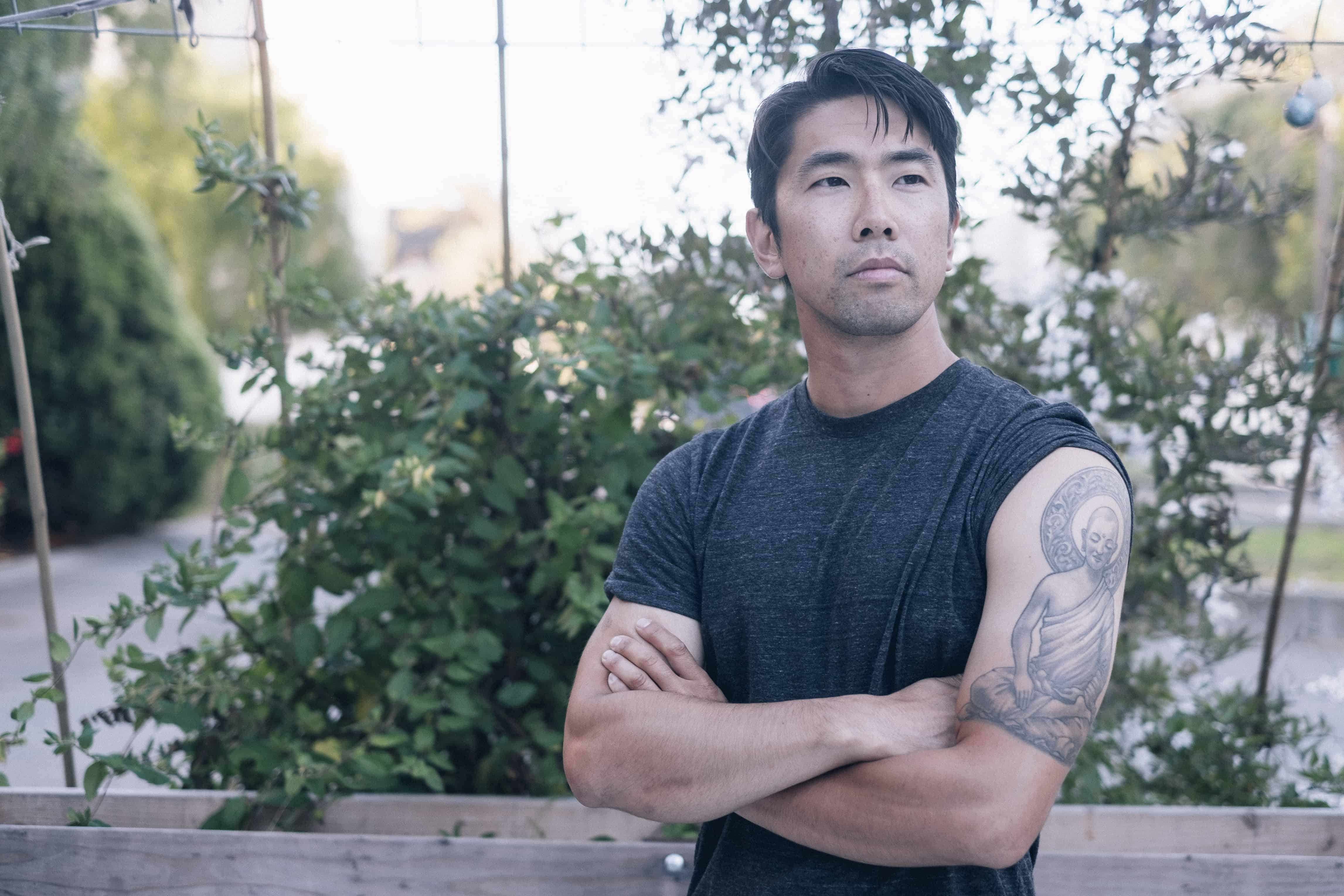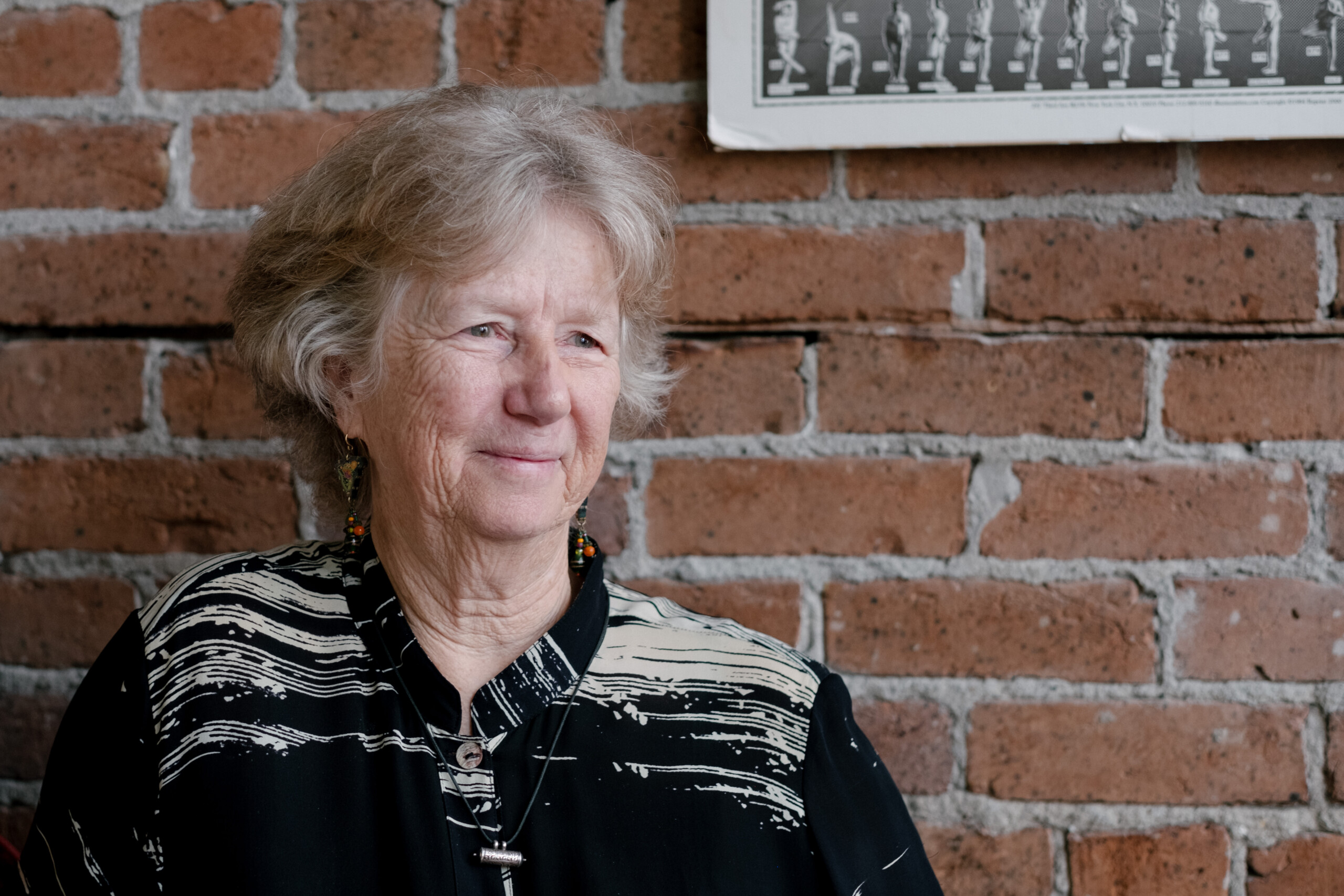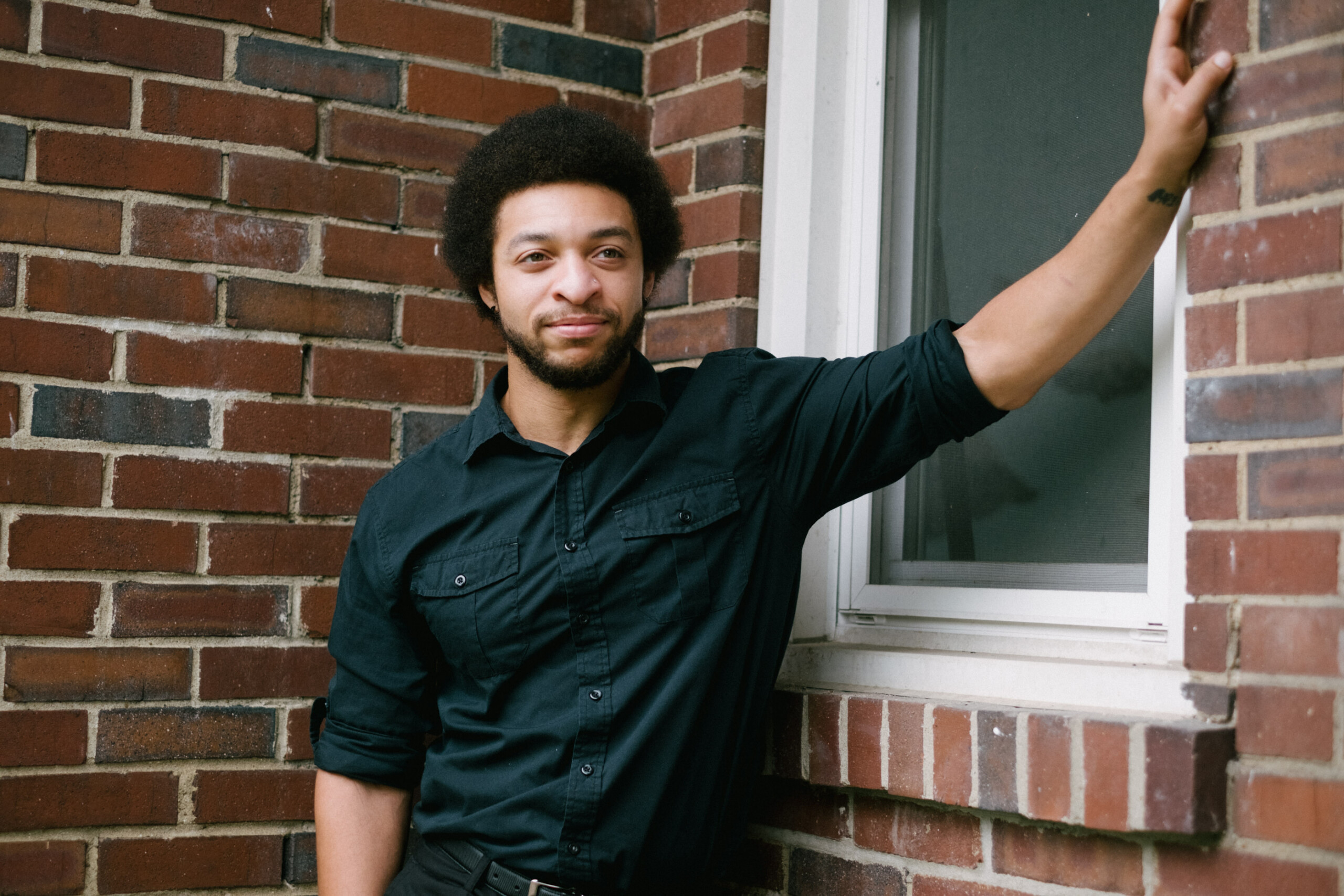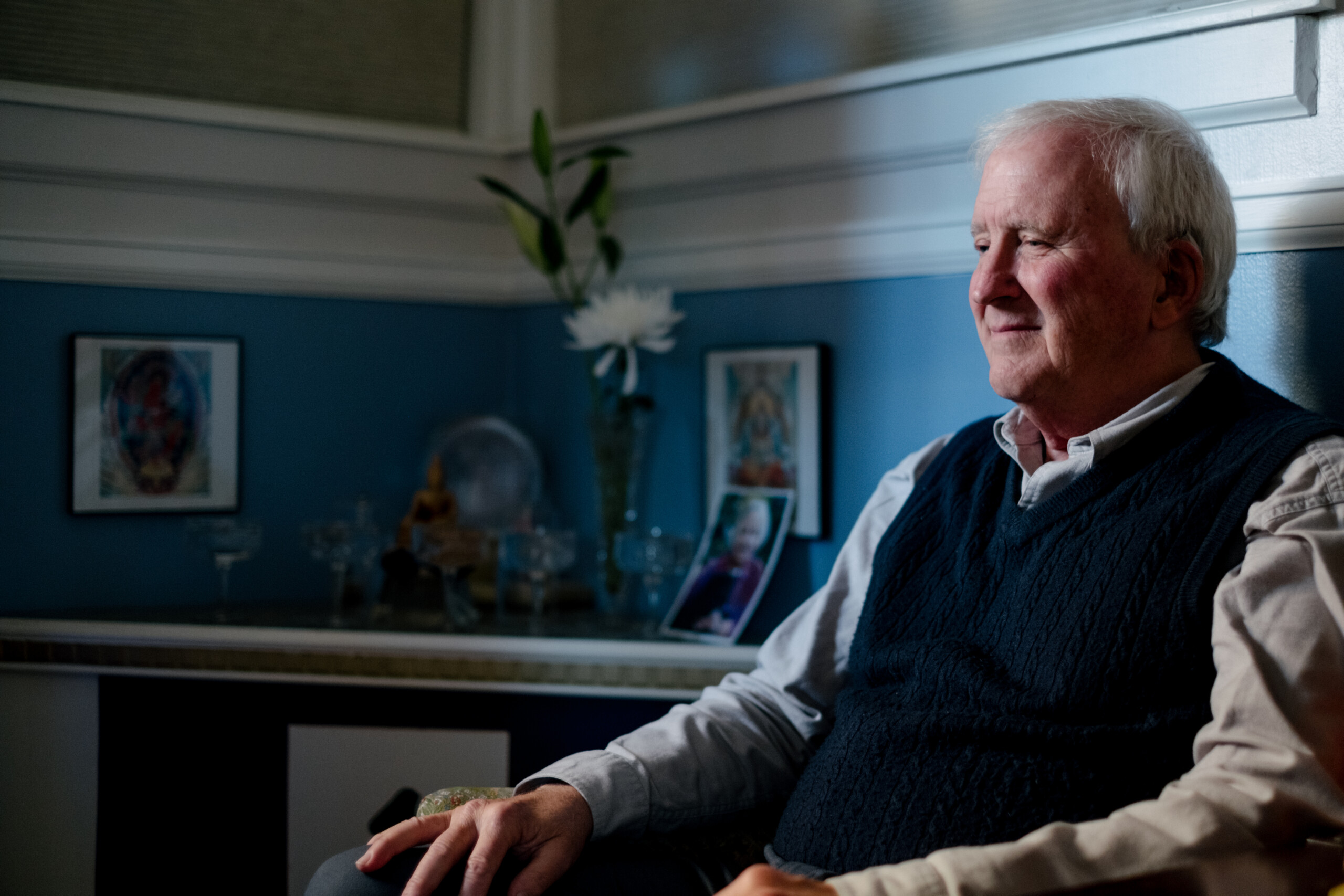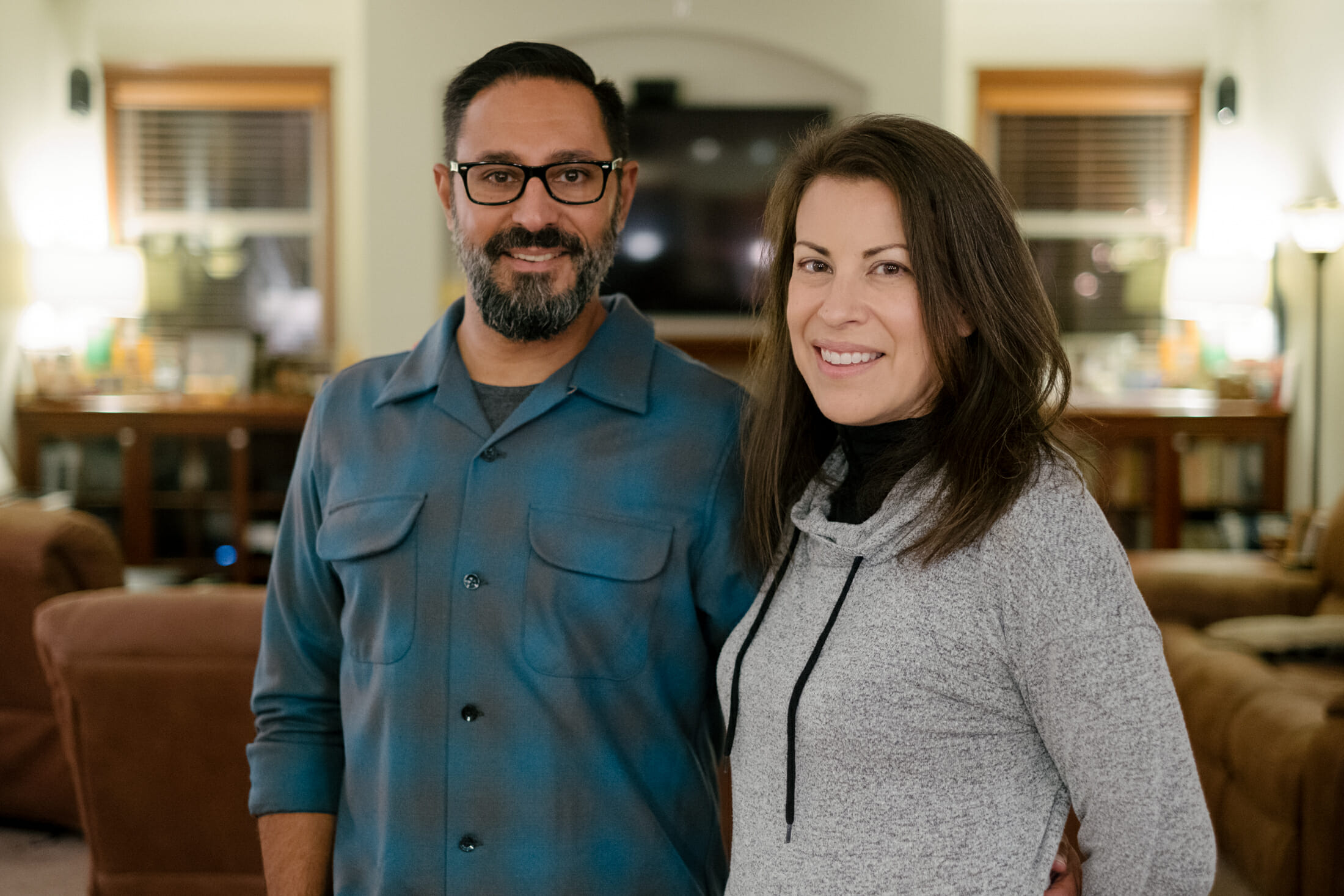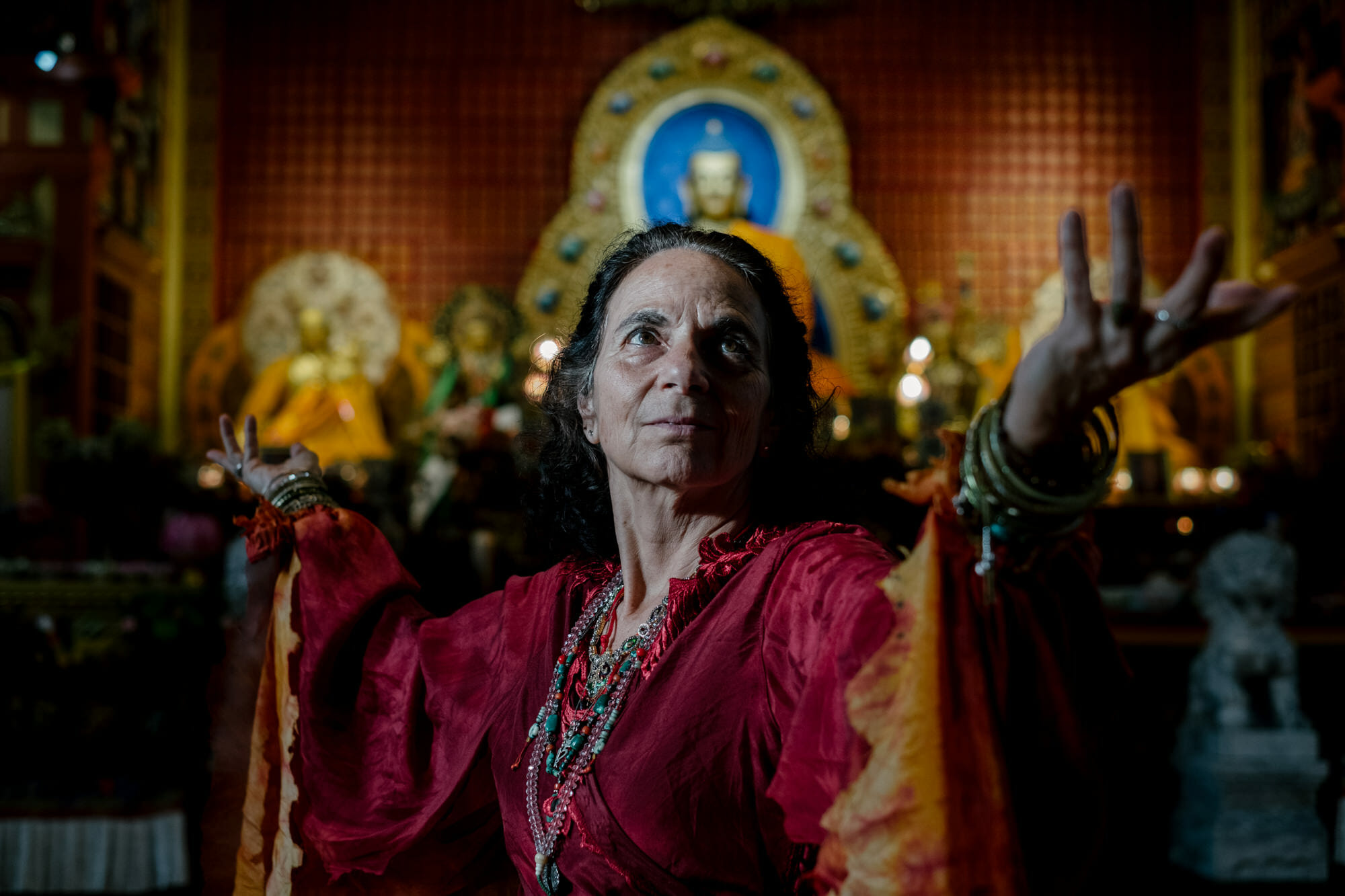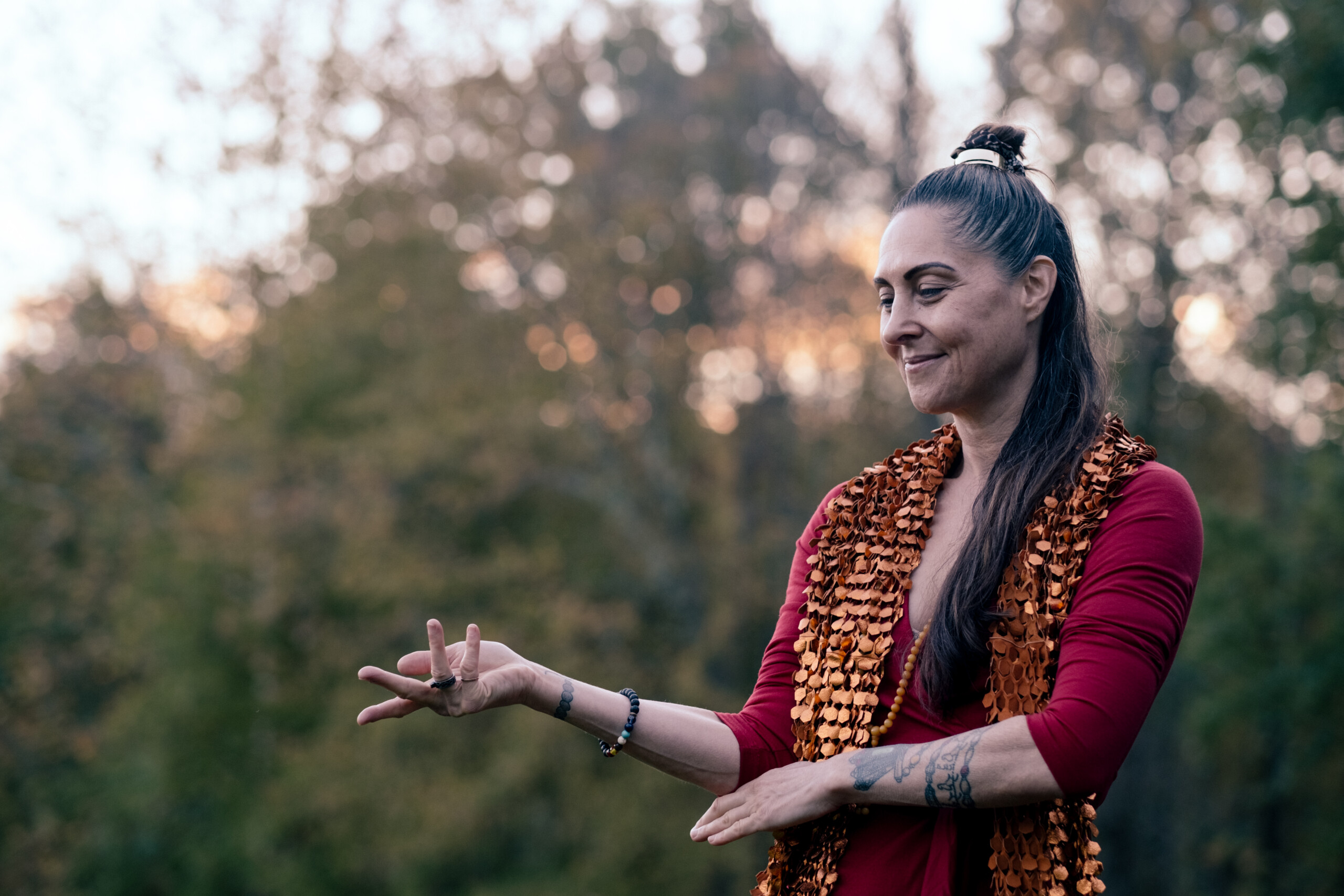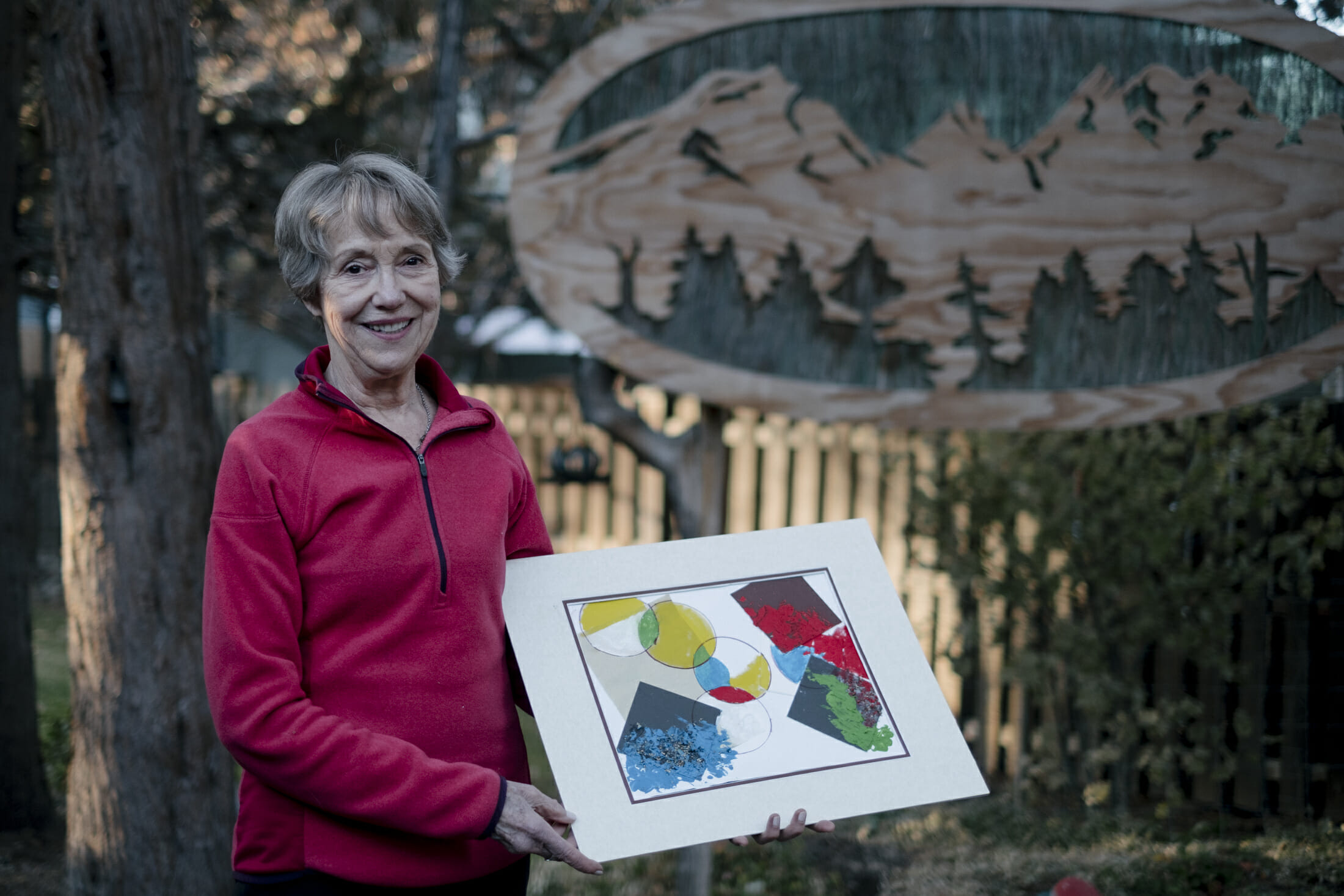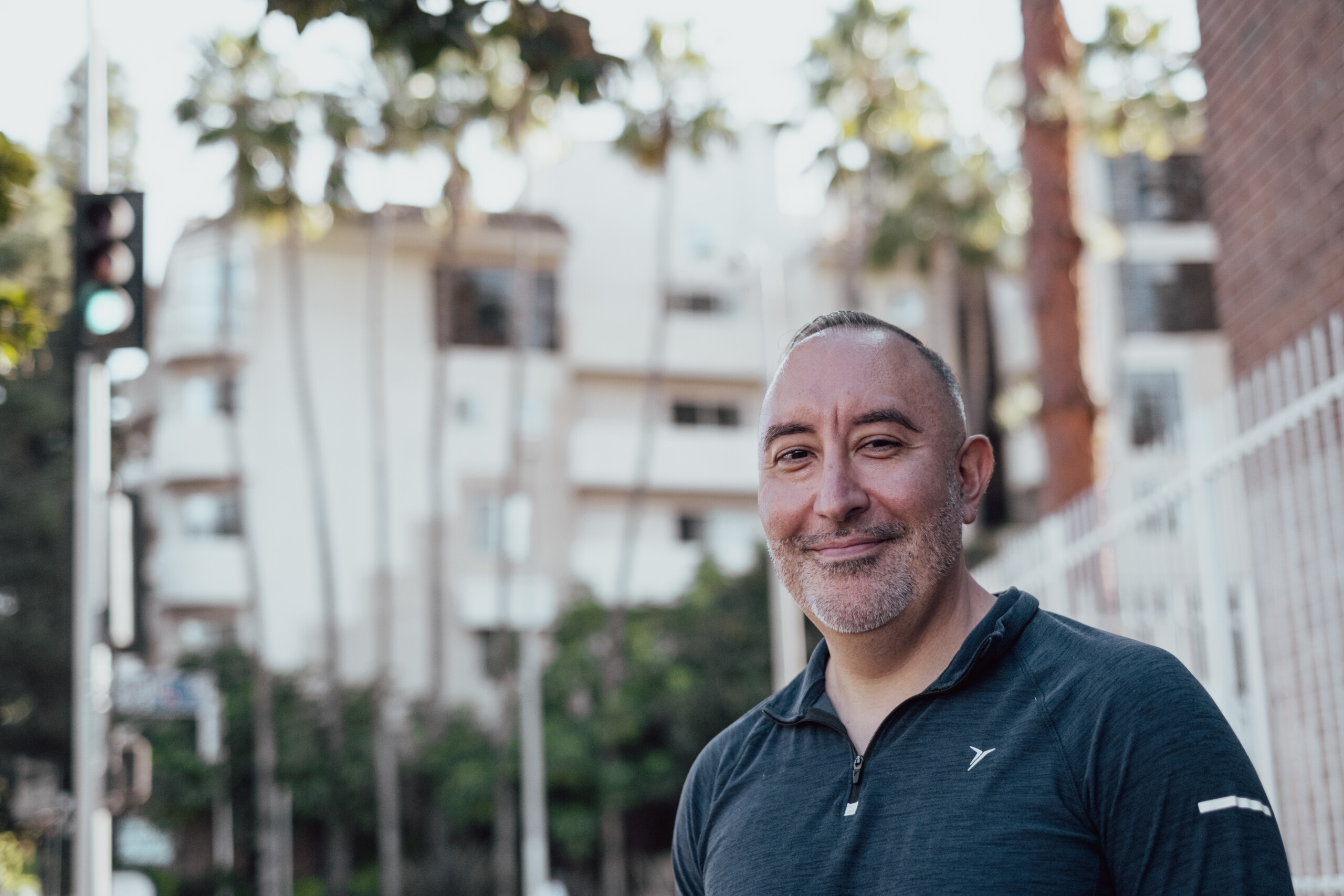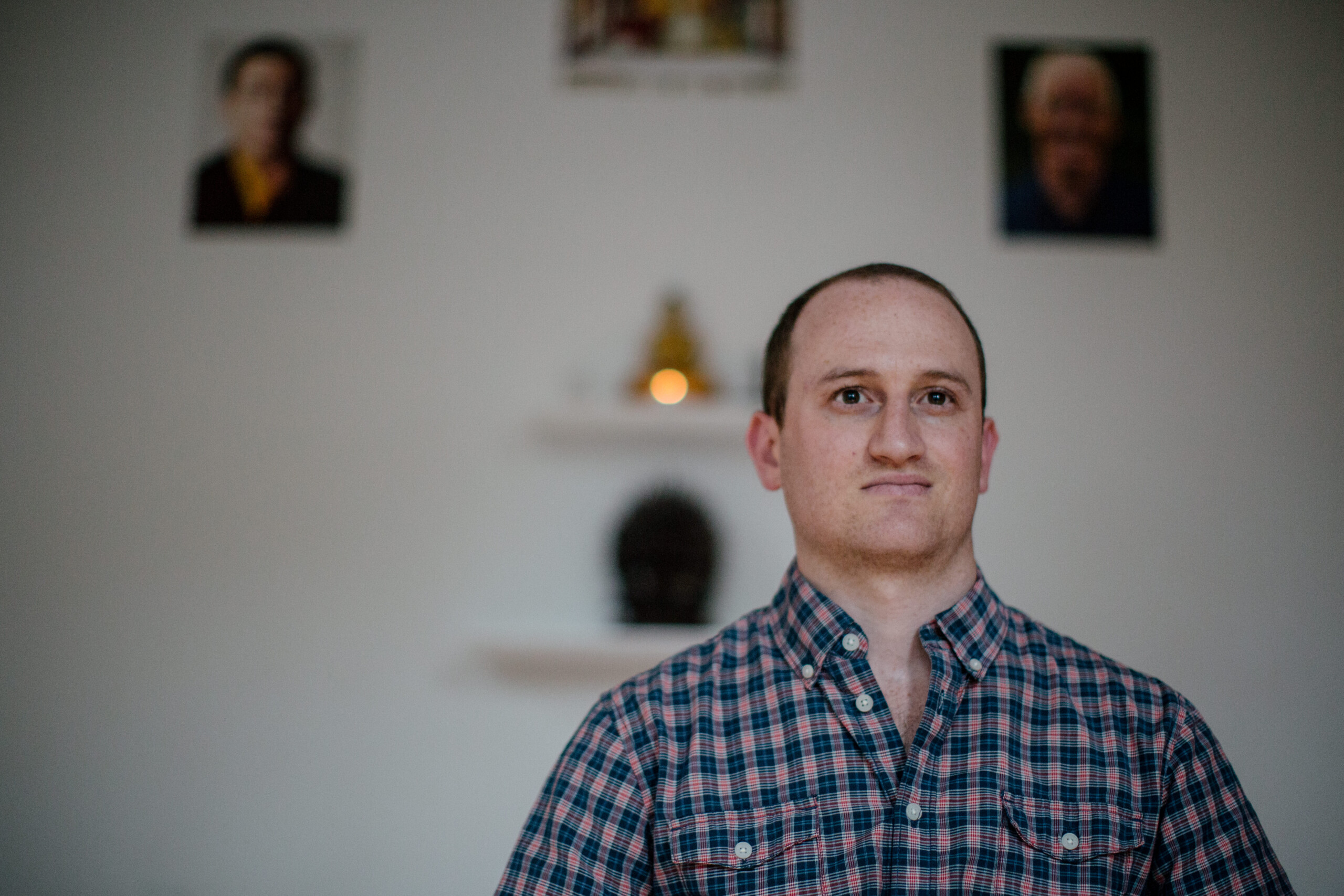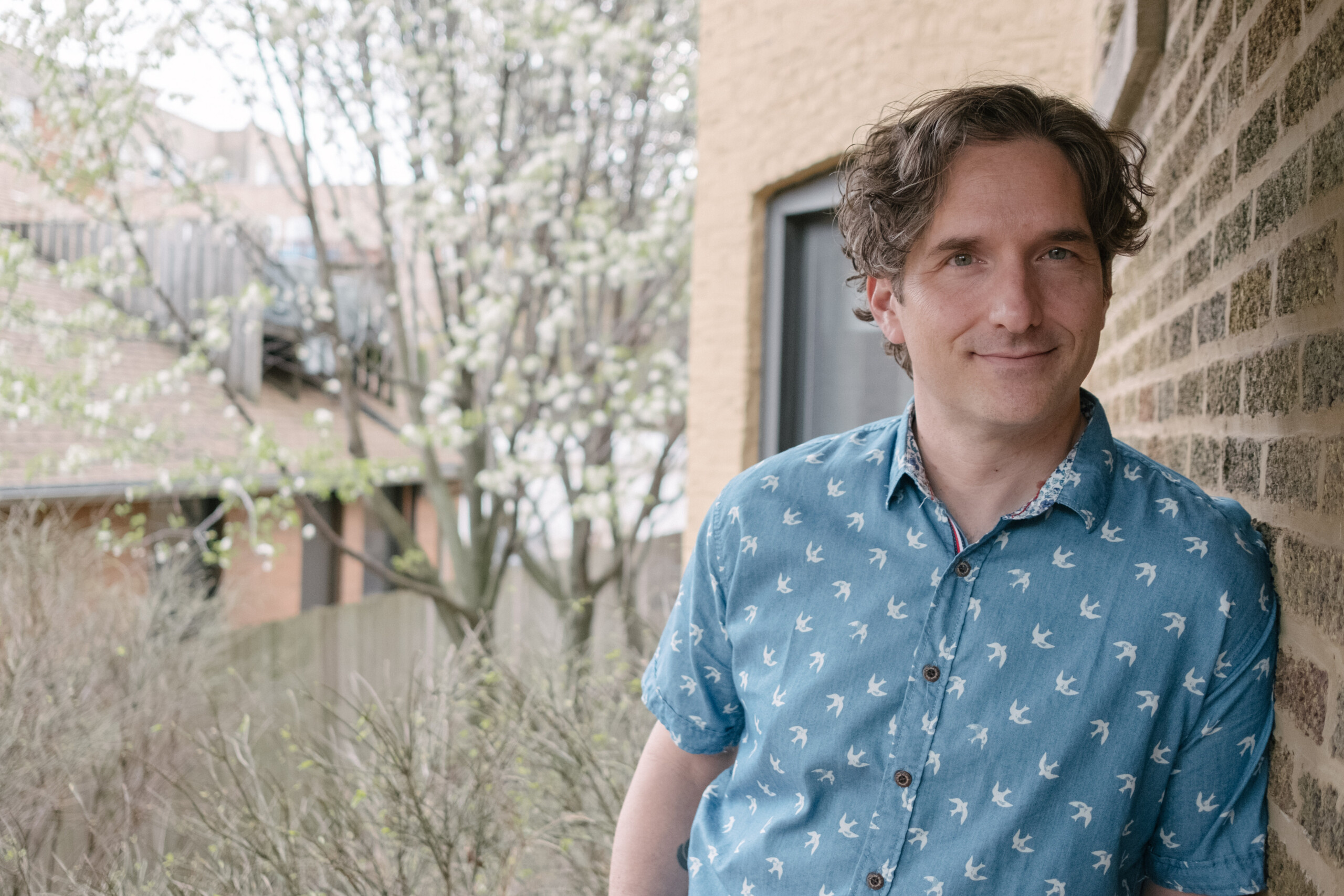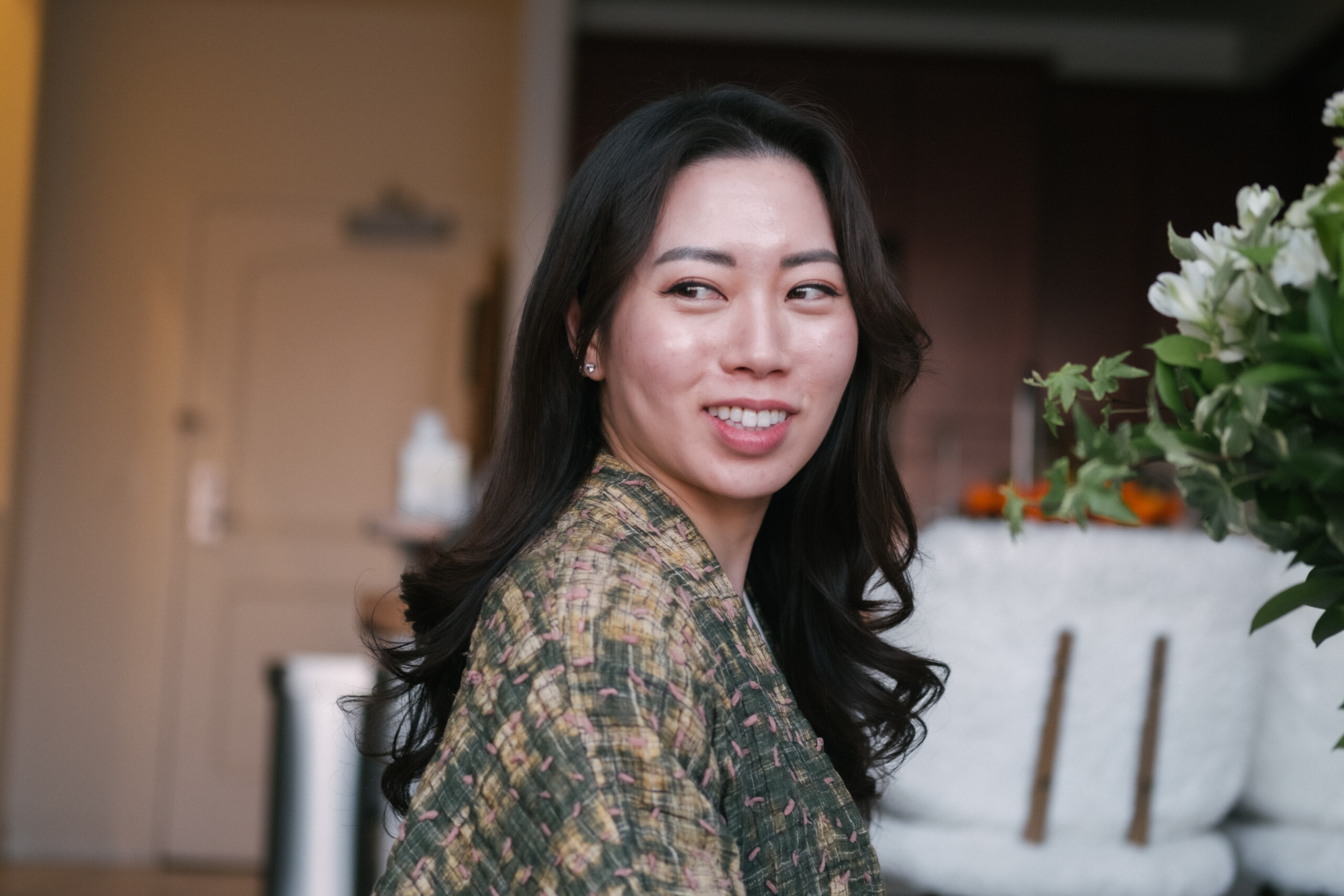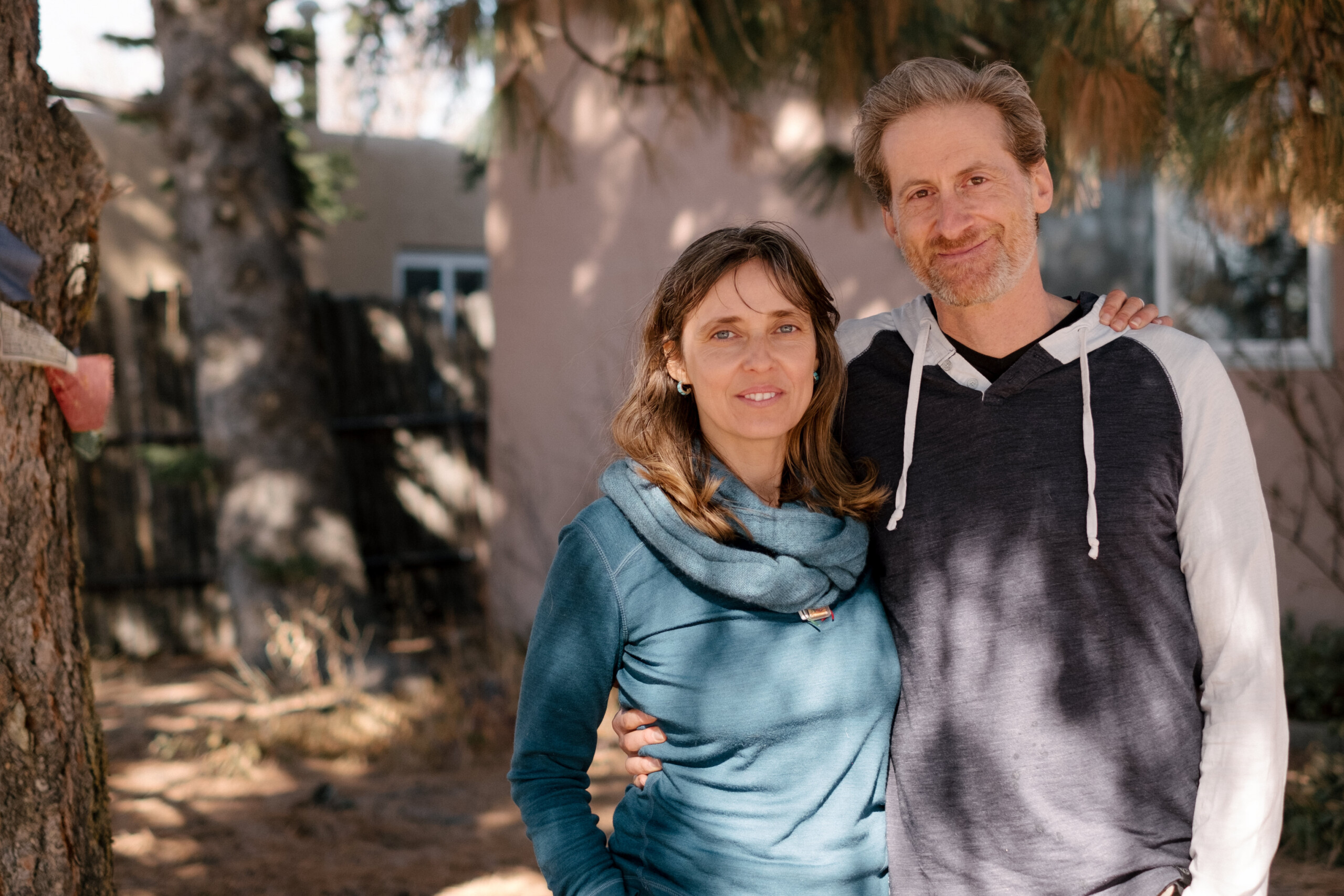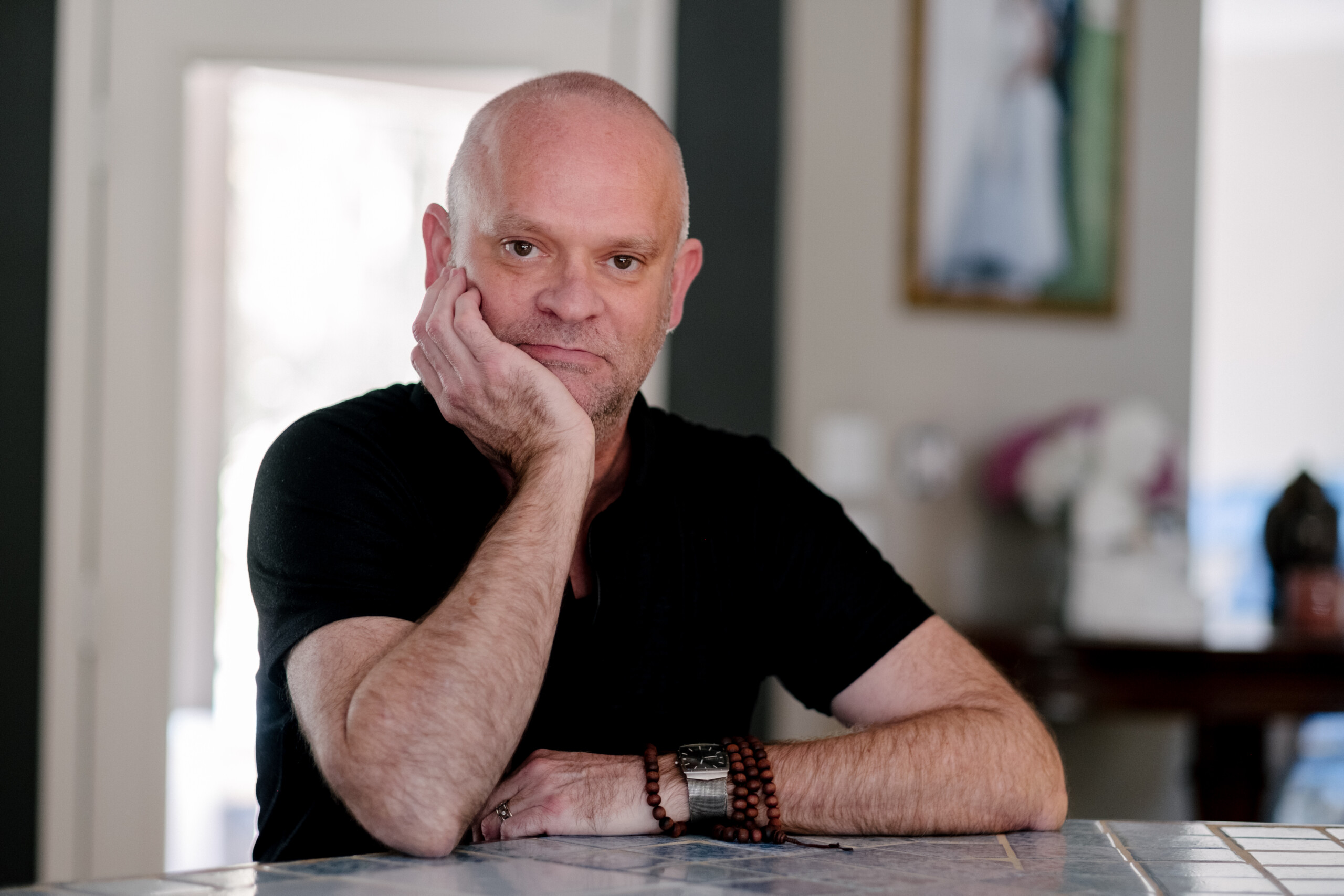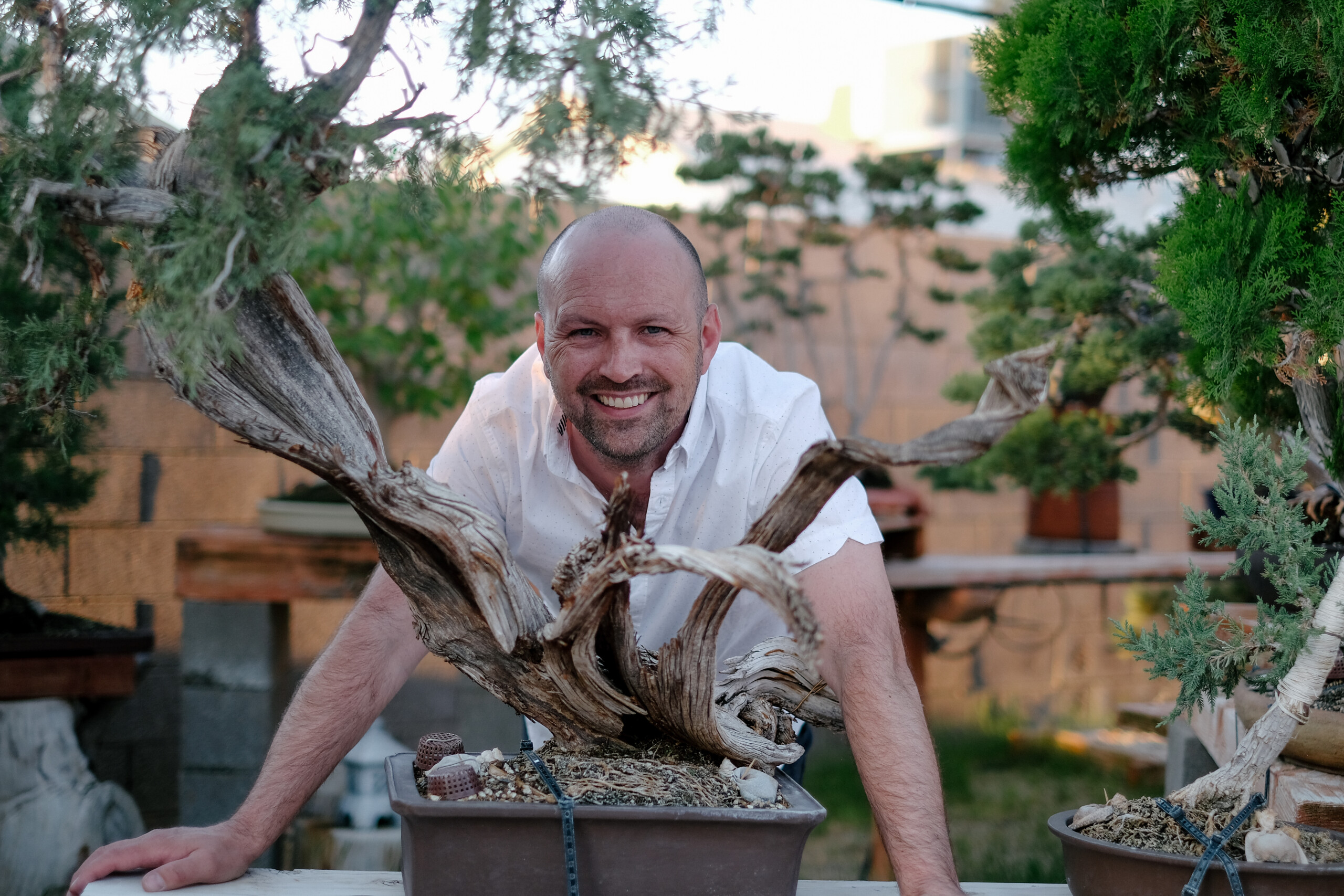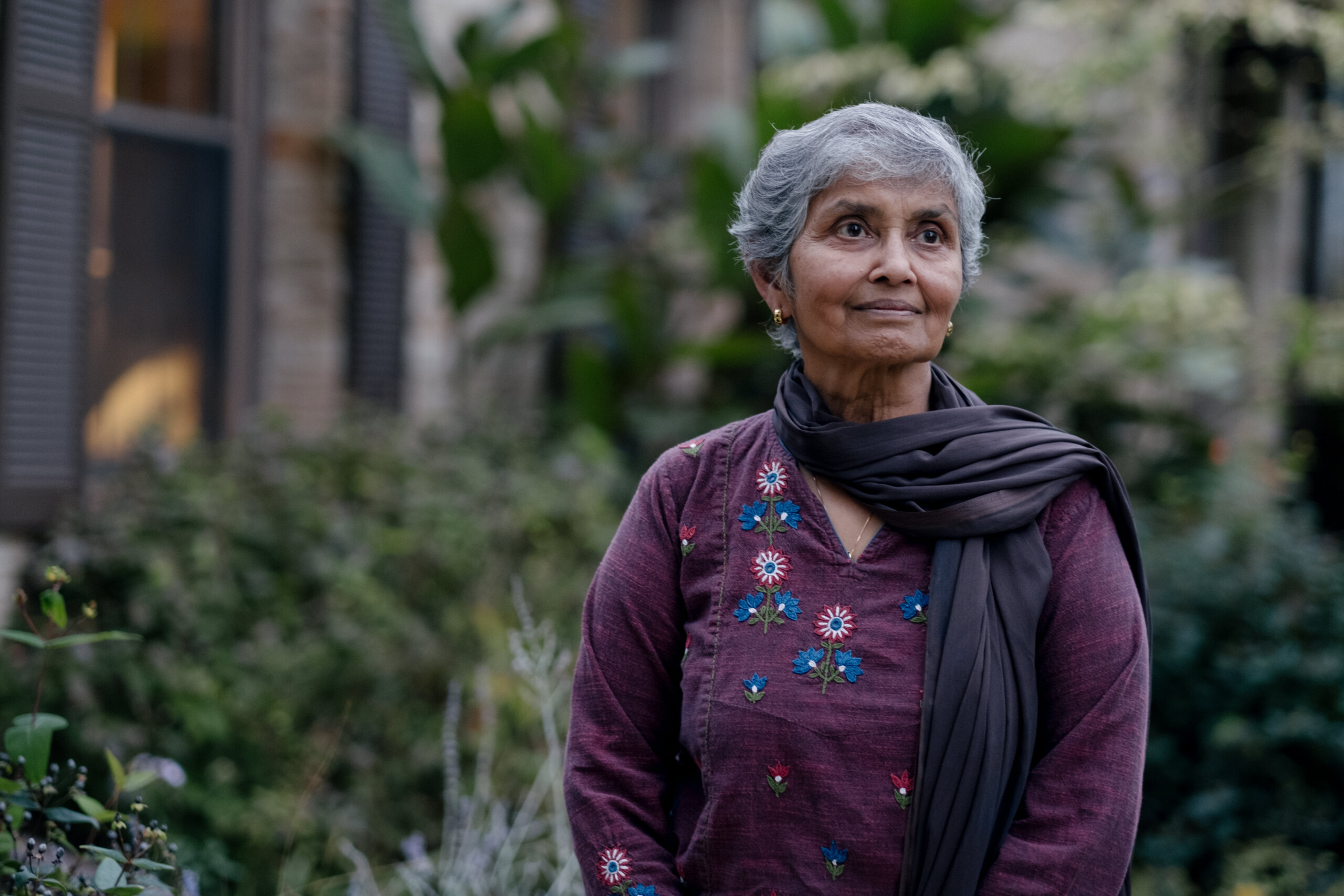Background
Cynthia reflects on her transformative journey from a tumultuous upbringing in a violent, alcoholic household to her pursuit of happiness through conventional means like marriage, career, and religion. Despite achieving societal markers of success, she found herself unfulfilled and embarked on a spiritual quest.
Cynthia experimented with various religious paths, including Catholicism and the United Church, but none provided the lasting contentment she sought. Battling personal struggles, she eventually turned to alcohol as a means of coping. The turning point came when, contemplating suicide, a friend introduced her to a 12-step program for adult children of alcoholics, reigniting her commitment to a spiritual path.
She narrates her progression through different spiritual practices, including Carlos Castaneda’s teachings, and her eventual immersion in Buddhism. The 12-step program, which she credits with saving her life, paved the way for her deeper exploration of Buddhist teachings.
Cynthia shares the challenges of balancing her spiritual journey with the demands of daily life, family responsibilities, and career. She emphasizes the significance of emotional balance and the transformative power of Buddhism in providing a stable foundation amidst life’s ups and downs.
Currently, Cynthia is an active Buddhist practitioner in the Vajrayana tradition, following the teachings of the late Choegyam Trungpa Rinpoche. She serves as a practice instructor and facilitates study classes, integrating her spiritual path into all aspects of her life, including administrative roles within the Buddhist community.
Her story unfolds as a testament to the profound impact of spiritual practice on emotional well-being and the ability to navigate life’s challenges with equanimity. Cynthia’s journey exemplifies the transformative power of mindfulness, acceptance, and a commitment to inner peace.
Lineage
As a follower of the Vajrayana path, Cynthia emphasizes the importance of authentic teachings and the guidance of a lineage teacher. Cynthia elucidates the progressive stages of meditation, starting with Shamatha, focusing on breath and gradually incorporating impure and pure objects. She delves into analytical meditation, vipassana, and Mahayana practices, emphasizing the expansion of compassion to all sentient beings. With devotion to her teacher, the Buddha, and the Dharma, Cynthia finds resonance in the teachings that permeate every aspect of her life. She appreciates her teacher’s skill in making Buddhism relatable through contemporary references, demonstrating the relevance of the path even in challenging times like the pandemic.
Refuge
In the initial half of her life, Cynthia found motivation in pain and suffering, leading her to reject a life marred by suicidal thoughts and addiction. Drawing parallels with the teachings of the Buddha, she emphasizes the significance of taking refuge in the Buddha, Dharma, and Sangha as a transformative step. Cynthia relates this commitment to the 12-step program, highlighting the irreversible nature of the decision once taken. Trust, a concept previously elusive to her due to a challenging upbringing, gradually became a cornerstone in her spiritual journey. Learning to trust herself, discern teachings, and identify trustworthy spiritual guides, Cynthia describes a slow and deliberate process that culminated in her taking refuge in 2005 with Rinpoche. Through cross-referencing various spiritual teachings and practices, including the 12 steps, pathwork, and the diamond approach, she recognized a common thread that resonated deeply with her. This alignment reinforced her trust in the path of Buddhism, fostering a sense of inclusivity and ultimately leading her to take refuge.
On the fruit of practice
The clarity and the change in my life and how I lived my life and how I view life and how I interact with people. That’s the proof that it’s working. It’s not checking off boxes.
Professional Impact
In Cynthia’s journey, the intersection of energy healing and the Vajrayana path becomes a pivotal point of understanding and synergy. Her proficiency in energy work, rooted in the principle of loving acceptance of the present moment, seamlessly aligns with the Vajrayana path’s emphasis on relaxation, allowing, and being present. This journey began with a realization that healing is not about fixing others but empowering them to trust themselves and discover their inner wisdom. Drawing from her diverse background, including clinical criminology and psychotherapy, Cynthia integrated the teachings of Buddhism into her healing practice. This approach involved working intimately with individuals, recognizing the interdependence of all experiences and fostering a sense of oneness. The mind, identified as a central aspect, led her to explore the connections between thought patterns and bodily responses, incorporating cognitive behavioral therapy principles. Cynthia’s ability to translate and contextualize spiritual concepts facilitates connections with individuals from various religious backgrounds. Her approach acknowledges and respects the diverse paths people have explored, providing a container for healing within the context of their spiritual journey. As a healer and psychotherapist, Cynthia places unwavering trust in the wisdom inherent in each person, guiding them towards self-discovery and transformation.
Sangha Development
In Cynthia’s current role within the directors’ discussions at the organizational level, she grapples with the unique challenges of managing a voluntary Buddhist organization. Through a detailed analysis of various Canadian sanghas, such as Halifax, Vancouver, Montreal, and Toronto, Cynthia highlights the distinctive factors influencing each center’s dynamics. Vancouver stands out with a resident lama, fostering a larger membership, while Montreal thrives on a vibrant French community’s engagement, offering classes translated into French. Toronto faces distinct challenges, having recently moved to a new center, focusing on financial stability, and struggling with manpower limitations. The city’s high cost of living, diverse university offerings, and the convenience factor contribute to the complexities of attracting and retaining members.
Cynthia candidly acknowledges the challenges in maintaining sangha engagement, especially during the ongoing transition to hybrid in-person and virtual sessions post-pandemic. She emphasizes the need for balance as a lay practitioner, recognizing the shared human struggle of finding equilibrium amidst daily life commitments. Cynthia reflects on her personal journey, noting the pivotal moments when individuals transition from passive observers to actively engaged contributors within the sangha. She underscores the importance of respecting each person’s unique path, readiness, and preparation for active involvement.
Despite grappling with challenges, Cynthia remains committed to creating a harmonious sangha environment. She anticipates the upcoming events, such as the big opening in September with Lama Yeshe and the introduction of hybrid sessions, to rejuvenate the sangha’s energy. Cynthia’s narrative provides valuable insights into the nuanced dynamics of managing a Buddhist sangha, balancing the practicalities of administration with the need for spiritual engagement.
Fruit of Practice
Cynthia reflects on the transformative impact of her Buddhist practice, emphasizing that the proof of its efficacy lies in the clarity and positive changes it has brought to her life. She moves away from merely checking off boxes, focusing instead on how she lives, views life, and interacts with others. Cynthia shares a profound personal example involving her relationship with her difficult, angry mother who had a stroke. Despite the habitual tendencies manifesting in hurtful words and actions, Cynthia’s practice allowed her to maintain an open heart, offering love to her mother until the end. This experience became a testament to the effectiveness of her Buddhist path.
Furthermore, Cynthia discusses the shift in her relationship with her ex-husband, exemplifying her aspiration for a loving, kind connection for the sake of their shared children. Her commitment to keeping her heart open and fostering positive interactions, even during events like their daughter’s engagement party, demonstrates the practical application of her Buddhist principles in everyday life.
Cynthia acknowledges the importance of self-validation, recognizing internal changes and responses as the true indicators of growth. She finds joy in the freedom to accept diverse perspectives, even those she may not agree with, fostering an inclusive and open-minded approach. An amusing anecdote about catching her mind projecting, leading to uncontrollable laughter, showcases the joy she finds in self-awareness and the ability to detach from habitual thought patterns.
In essence, Cynthia’s narrative highlights the profound impact of her Buddhist practice on her relationships, reactions, and overall approach to life, emphasizing the tangible and transformative outcomes rather than adherence to rigid checkboxes.
Foundations
Cynthia delves into the challenges of maintaining motivation in Buddhism, highlighting the significance of common preliminaries such as recognizing the preciousness of human birth, impermanence, and karma. While these were initially not motivational for her, Cynthia emphasizes the importance of reframing one’s perspective through intellectual study. Drawing parallels with her psychotherapy practice, she notes that the “light bulbs” of understanding Buddhism serve as a reframe in how individuals perceive the world.
Cynthia acknowledges the potential danger of mistaking intellectual understanding for genuine practice, cautioning against the prevalent Western mindset of “I know, therefore I am.” She stresses the necessity of incorporating a regular practice, sharing Rinpoche’s advice to leave the cushion while still enjoying the practice, promoting consistency without undue strain. Cynthia further explores the connection between mind and body, discovering that as her mind relaxed through meditation, her body followed suit, enabling longer sitting sessions.
The narrative underscores the importance of direct experience and the tangible benefits derived from the practice. Cynthia encourages individuals to find their rhythm, emphasizing the role of personal experience and the need for practice to become an integral part of one’s being. Reflecting on her personal journey, Cynthia shares how her own motivation evolved, leading to a natural state of love, kindness, and joy arising effortlessly from a relaxed and open mind.
Additionally, Cynthia recommends meditating in a group setting, harnessing the collective energy for support, especially for beginners. She underscores the community’s role in providing essential support for the practice, aligning with Rinpoche’s emphasis on the sangha as a primary source of encouragement. Cynthia also notes the benefit of one-on-one support within the community, demonstrating the importance of shared meditation experiences for mutual growth.
Family
Cynthia shares insights into her daughters’ varied journeys on the spiritual path. Reflecting on her oldest daughter, Kristen, who took refuge and embraced bodhisattva vows, Cynthia traces her daughter’s initial exposure to spiritual concepts through books like “The Four Agreements.” Kristen’s connection deepened when a visiting lama blessed her wedding, setting her on a transformative journey. Cynthia acknowledges Kristen’s commitment to embodying kindness, a value that has become a guiding principle in her life and interactions, even influencing her job interviews.
Transitioning to her middle daughter, Kim, Cynthia narrates Kim’s early exposure to healing work through her mother’s practice. Kim, drawn to the principles of healing and energy work, encouraged Cynthia to share these practices at her school. Despite not formally joining a spiritual path, Kim incorporates the teachings into her life, often reflecting on her mother’s guidance in challenging situations. Cynthia highlights Kim’s commitment to kindness, a trait she actively seeks in her personal and professional life.
Cynthia then explores her son’s unique journey, describing him as having an oppositional stance. Despite initially engaging in spiritual discussions to challenge his mother, he unexpectedly embraced Buddhist principles. Cynthia shares the son’s struggles and praises his genuine expressions of Dharma-like wisdom. She emphasizes her approach of offering nonjudgmental love and making spiritual offerings for him.
Throughout the narrative, Cynthia underscores her belief in leading by example and allowing her children to choose their paths. She embraces the philosophy of being the change one wishes to see in the world and encourages her children to embody kindness, a shared family motto. The dynamic interplay of diverse spiritual journeys within the family showcases the individuality of each child’s path and their assimilation of spiritual principles into their lives.
Devotion
Cynthia reflects on her evolving understanding and expression of devotion in her spiritual journey. Initially skeptical of the term, she observed others’ fervent expressions of devotion, which did not resonate with her. Cynthia recalls moments when she struggled with her devotion to her teacher, Rinpoche, influenced by external judgments and obstacles. Her devotion often got interrupted as she grappled with her own internal conflicts and insecurities.
Cynthia shares a personal example involving making banana bread for Rinpoche, highlighting how her genuine offering was initially met with uncertainty and internal conflict due to external opinions. Over time, she redirected her devotion toward Rinpoche’s teachings, finding solace and connection through the wisdom he shared in study classes and practice instructions.
An impactful turning point for Cynthia was a challenging period following a Sangha Retreat. Feeling upset and considering leaving the Sangha, she took a courageous step to address her concerns directly with Rinpoche during a retreat in San Antonio. This act, traveling from Toronto to share her struggles, became a defining moment of devotion for Cynthia. Rinpoche’s response, acknowledging the importance of her concerns and thanking her for bringing them to his attention, marked a significant shift in her understanding of devotion.
Another poignant experience occurred when Cynthia fell ill during a trip to Nepal for Rinpoche’s 80th birthday. Unable to participate in the celebratory events, she received a personal visit from Rinpoche’s assistant, delivering remedies and expressing Rinpoche’s regret for not being able to be there in person. This act of kindness and understanding touched Cynthia deeply, providing a healing balm to the wounds from her past where sickness was not acknowledged.
In conclusion, Cynthia describes her devotion as a fierce commitment to her Dharma practice and the path Rinpoche represents. She acknowledges that her expression of devotion may not align with conventional displays, but it manifests in her unwavering dedication and readiness to overcome obstacles for the sake of her spiritual journey. The narrative illustrates Cynthia’s profound personal growth and the transformative power of devotion in her relationship with Rinpoche and the path of Dharma.

